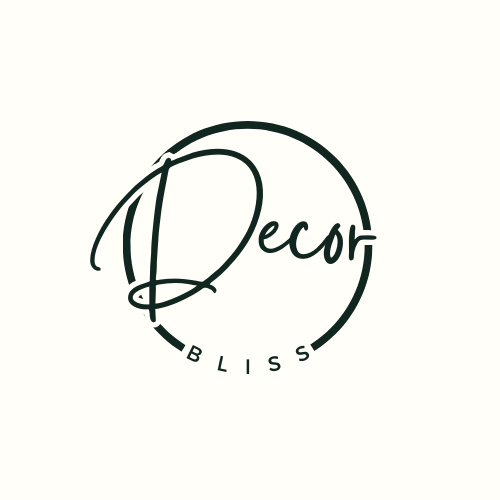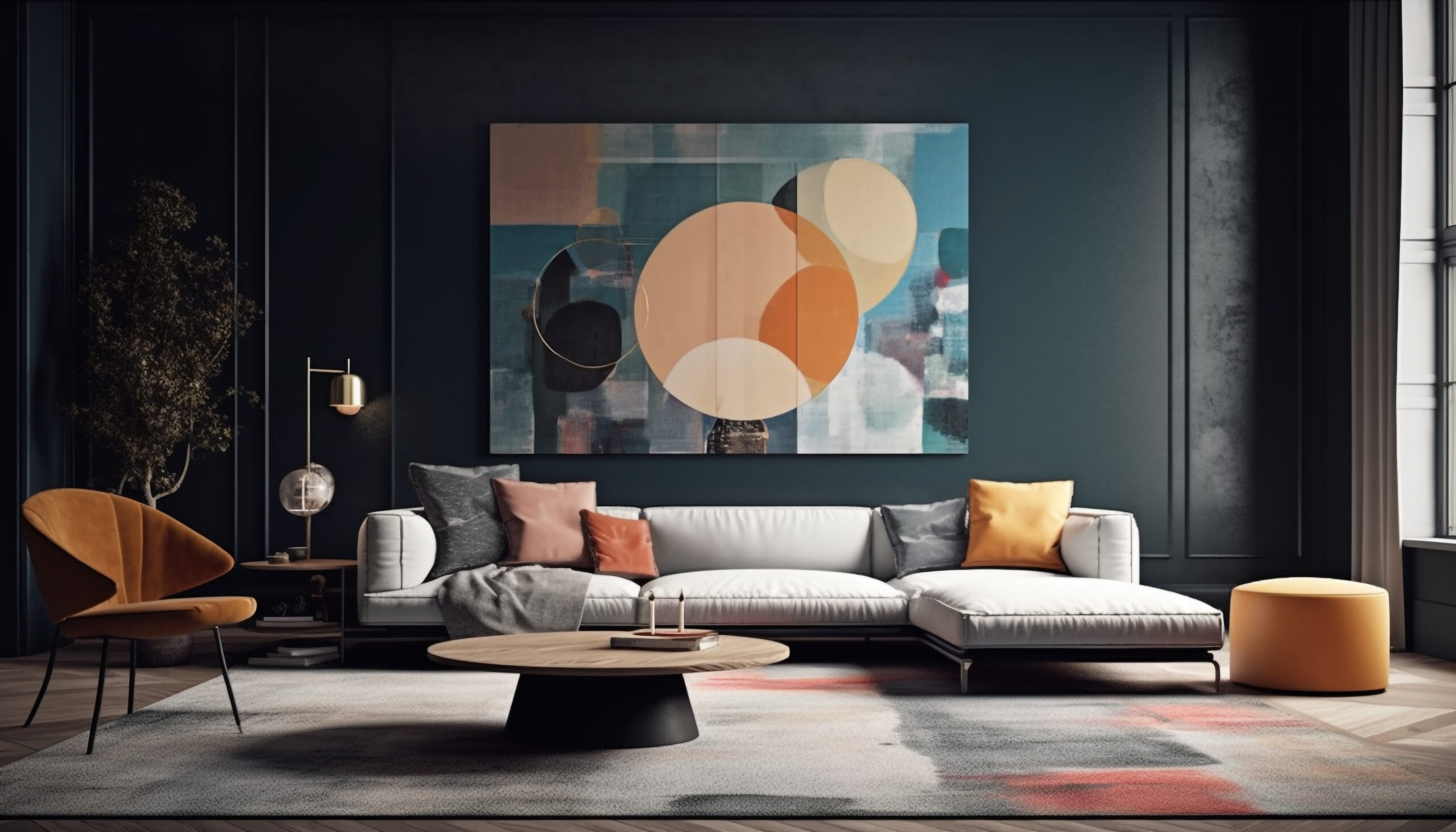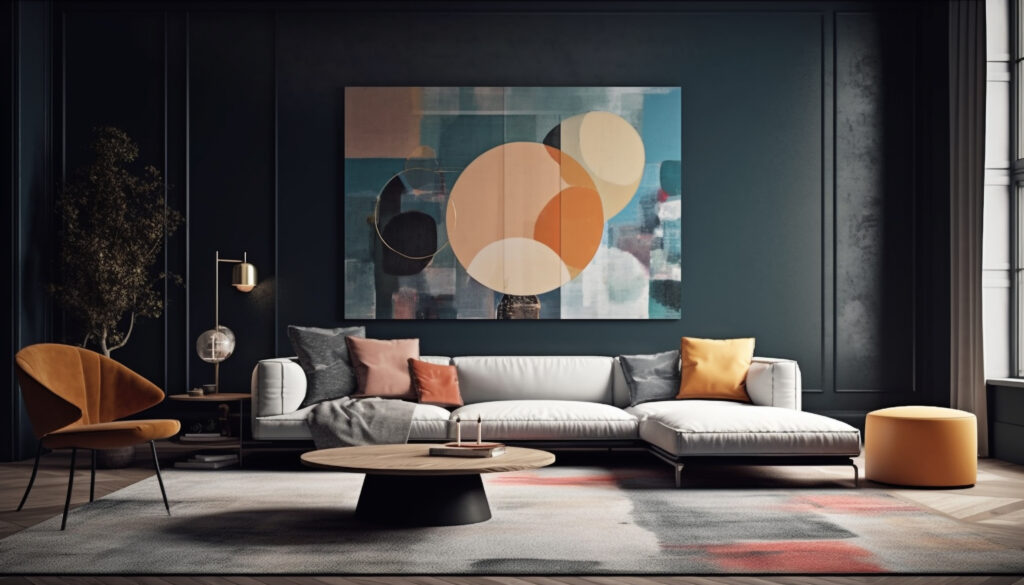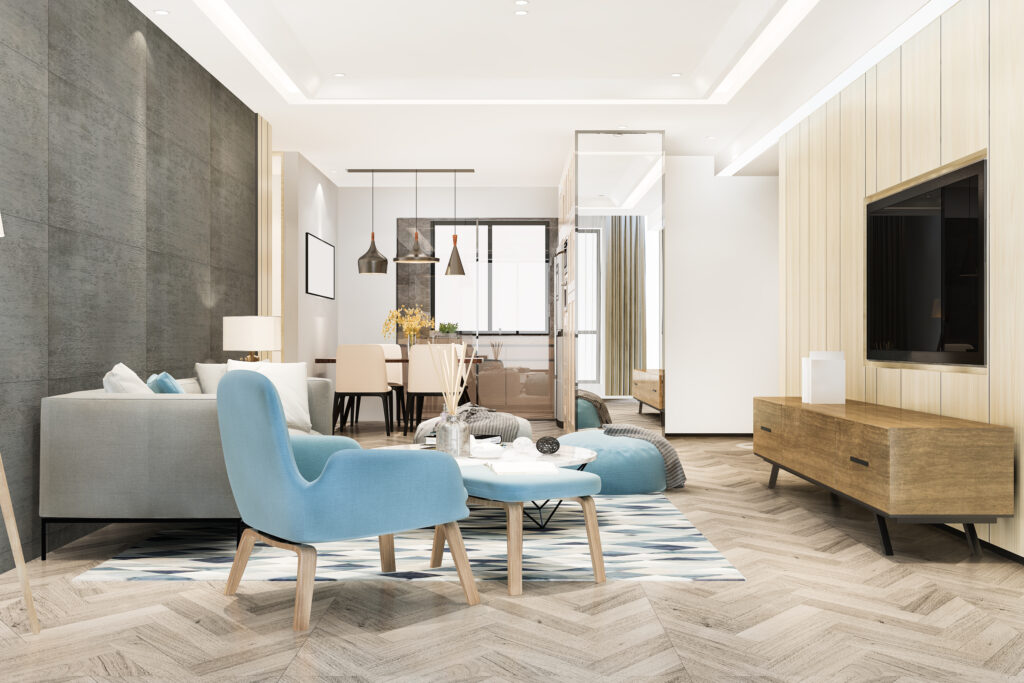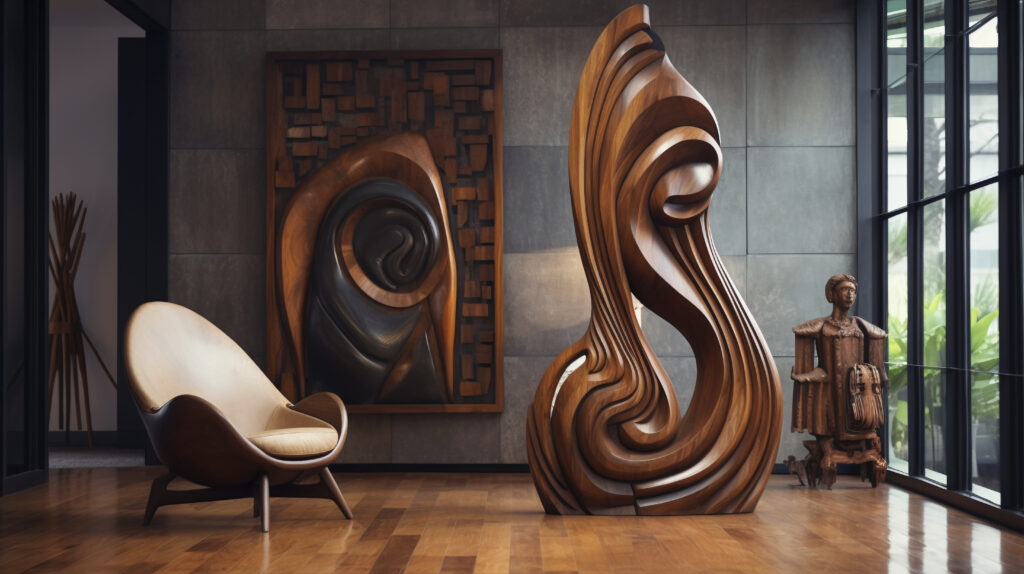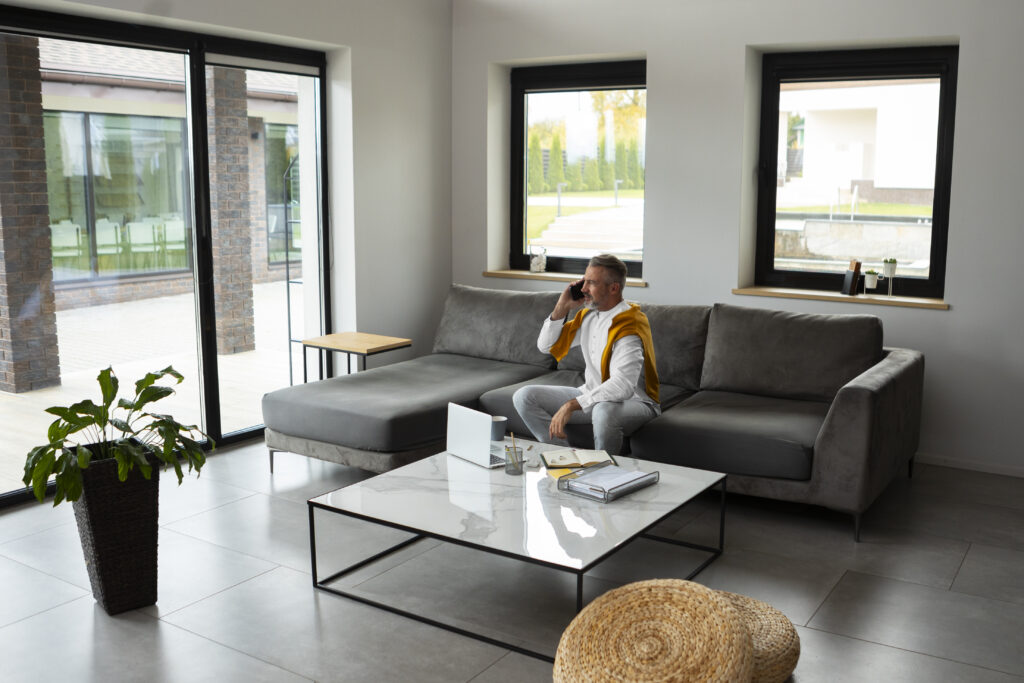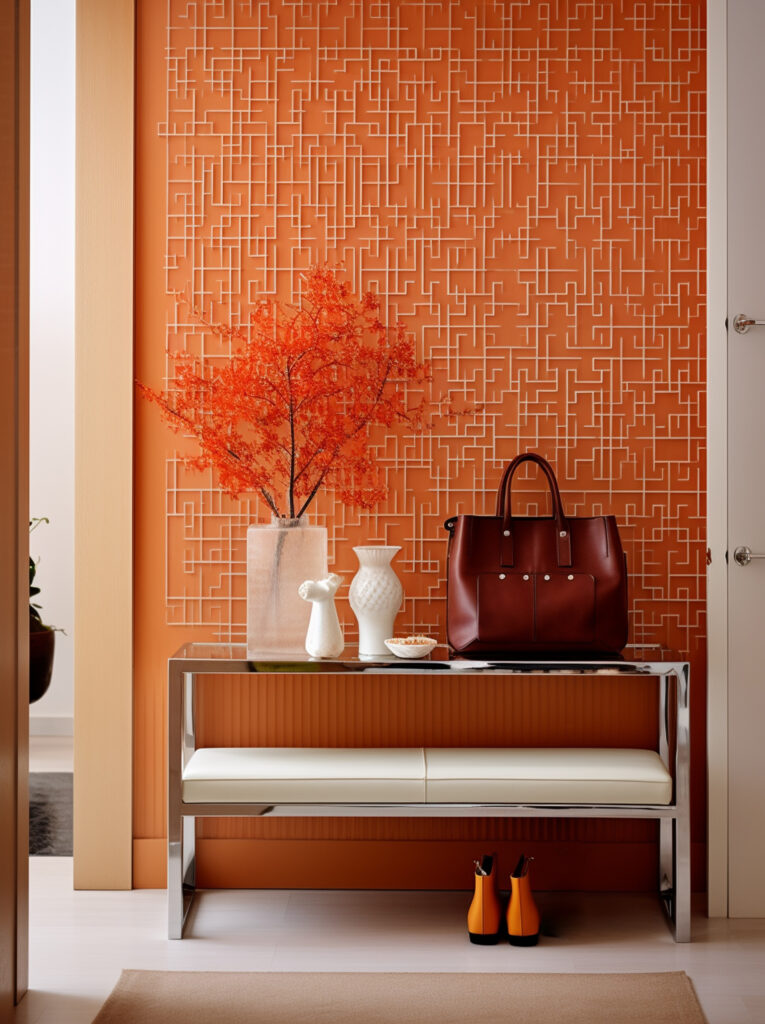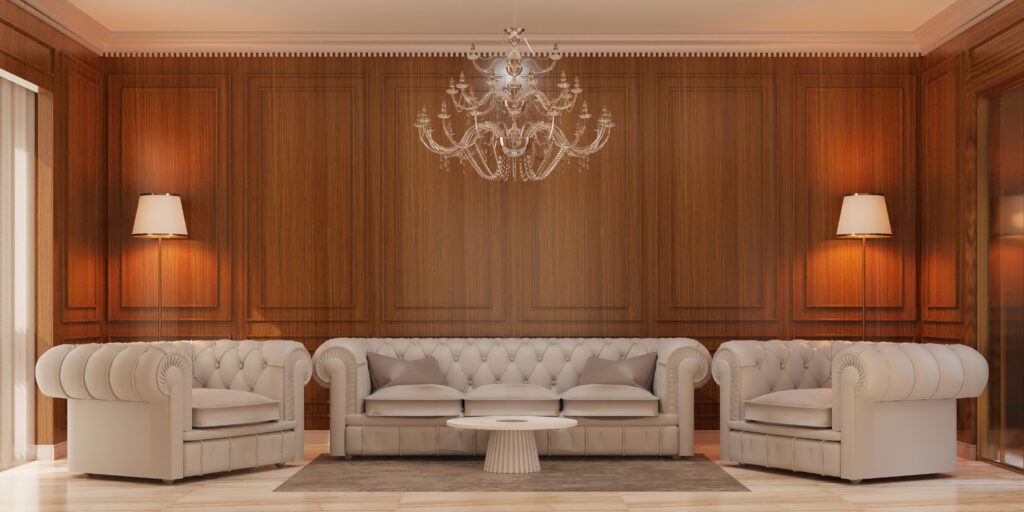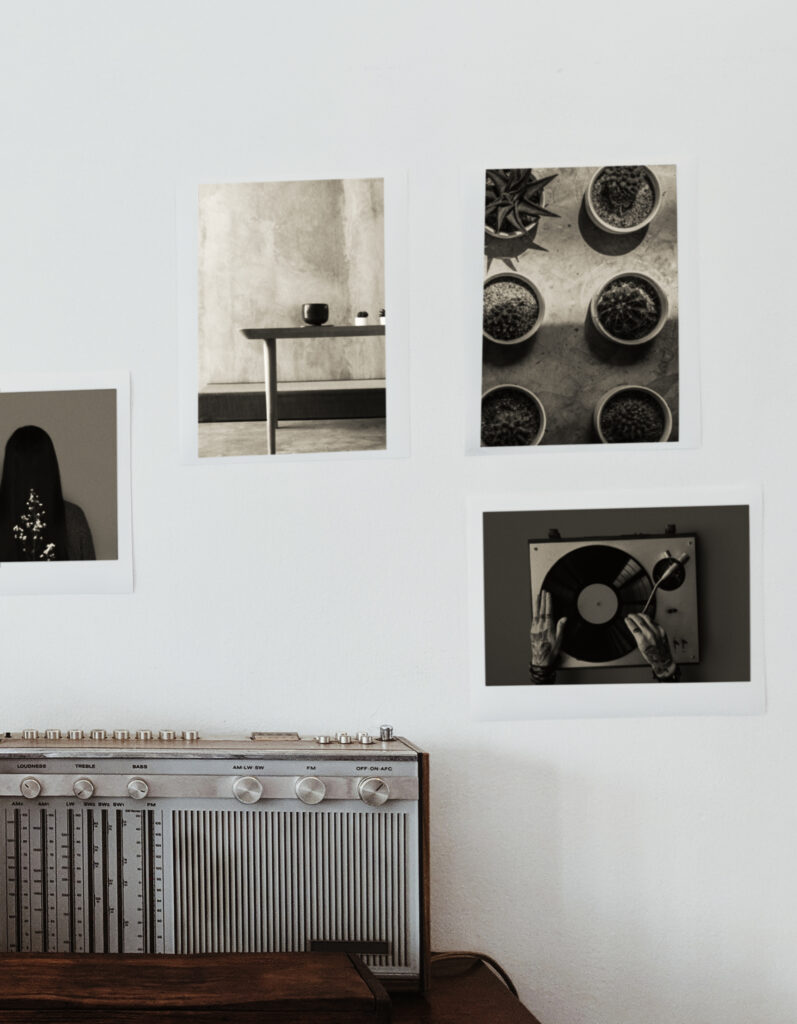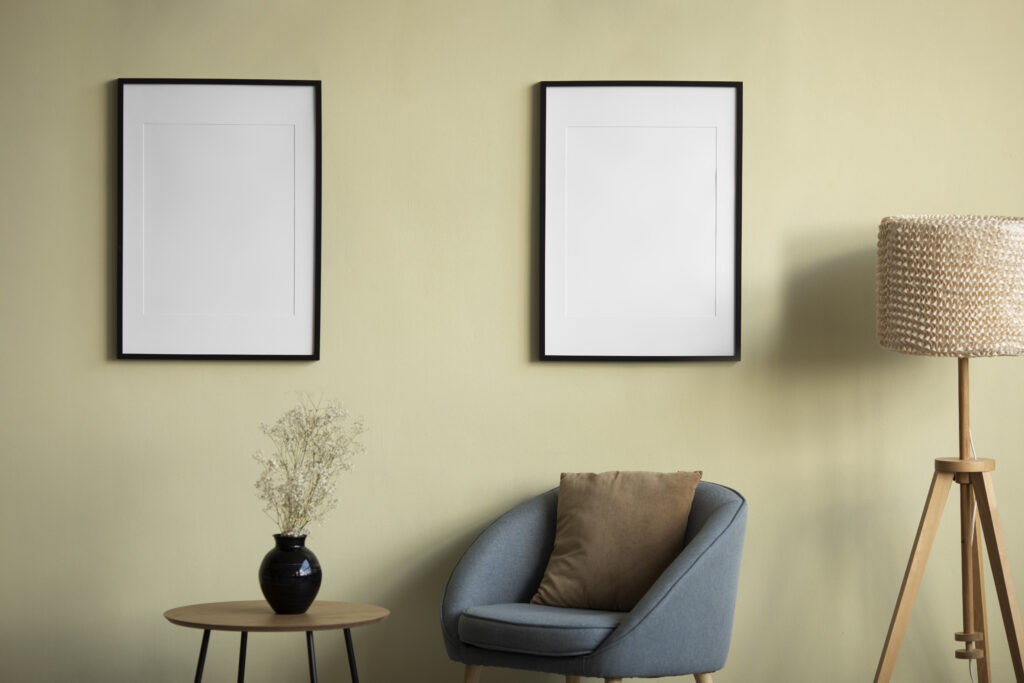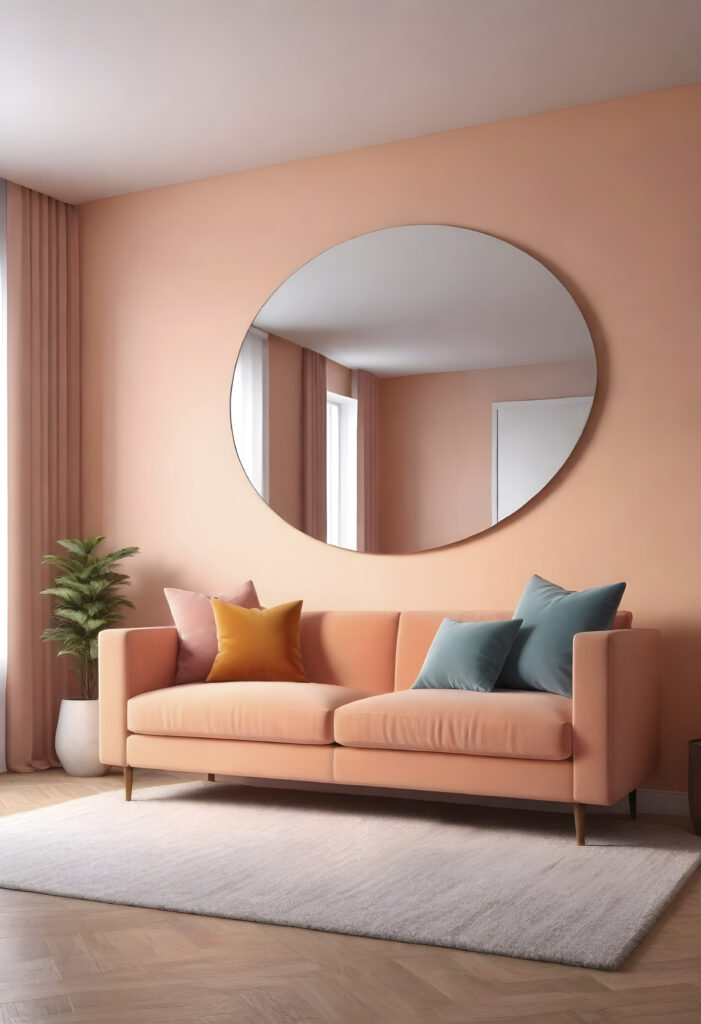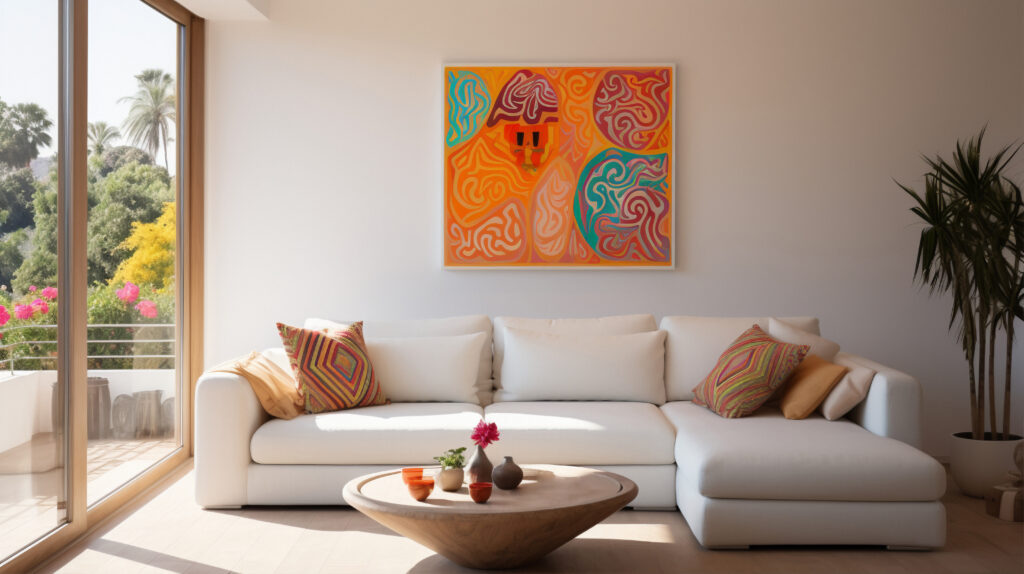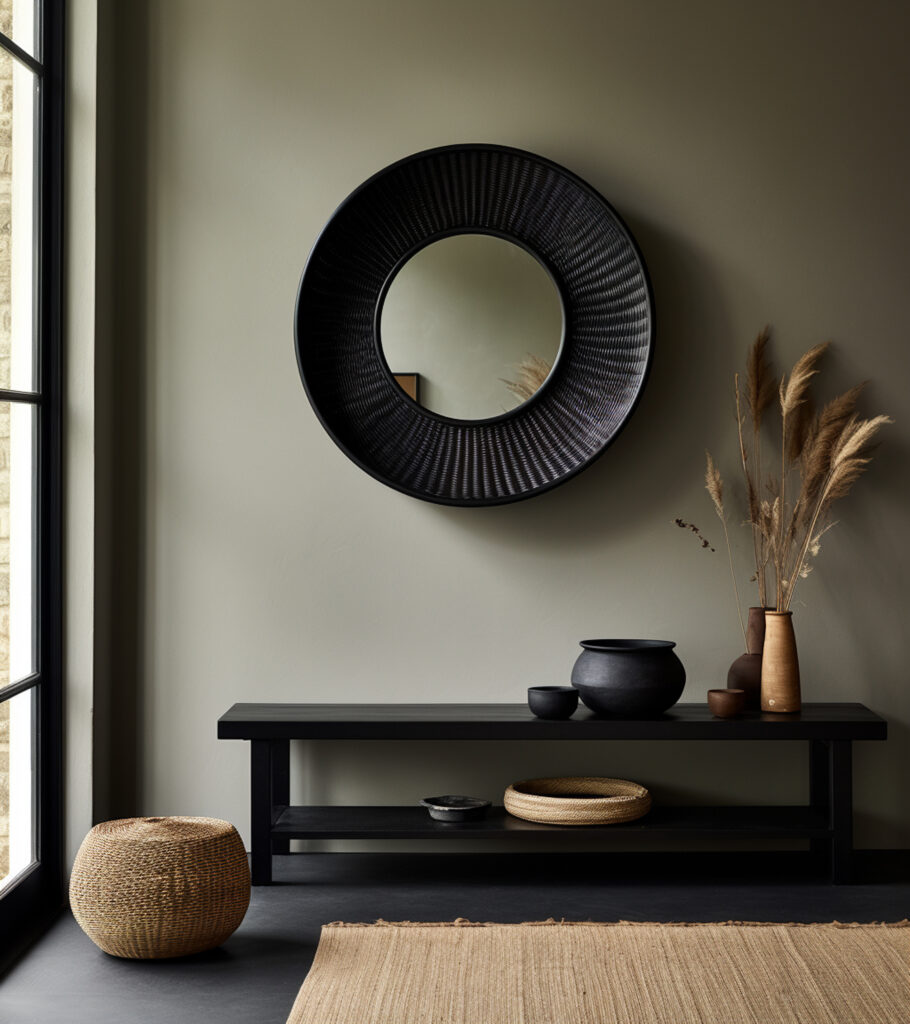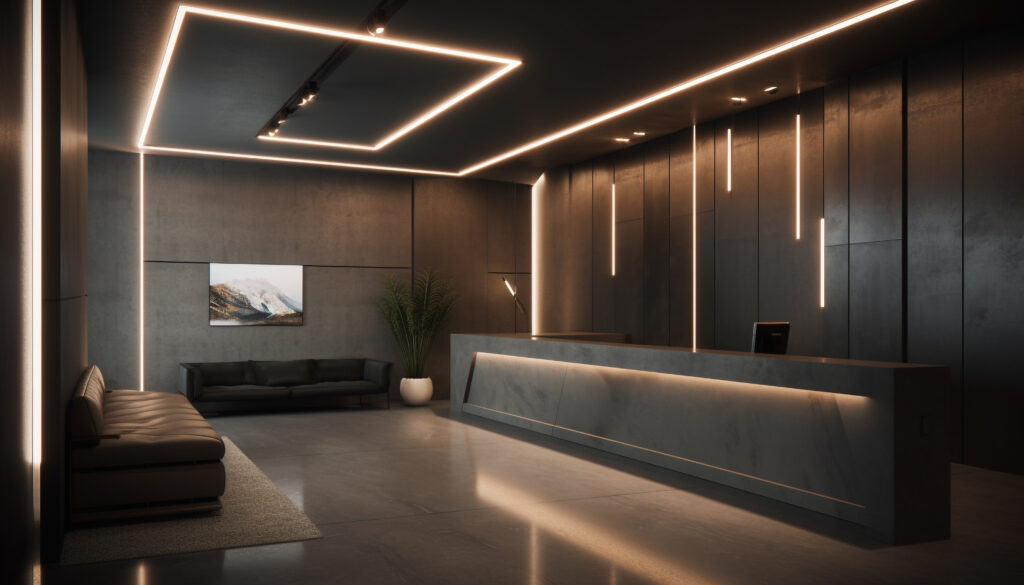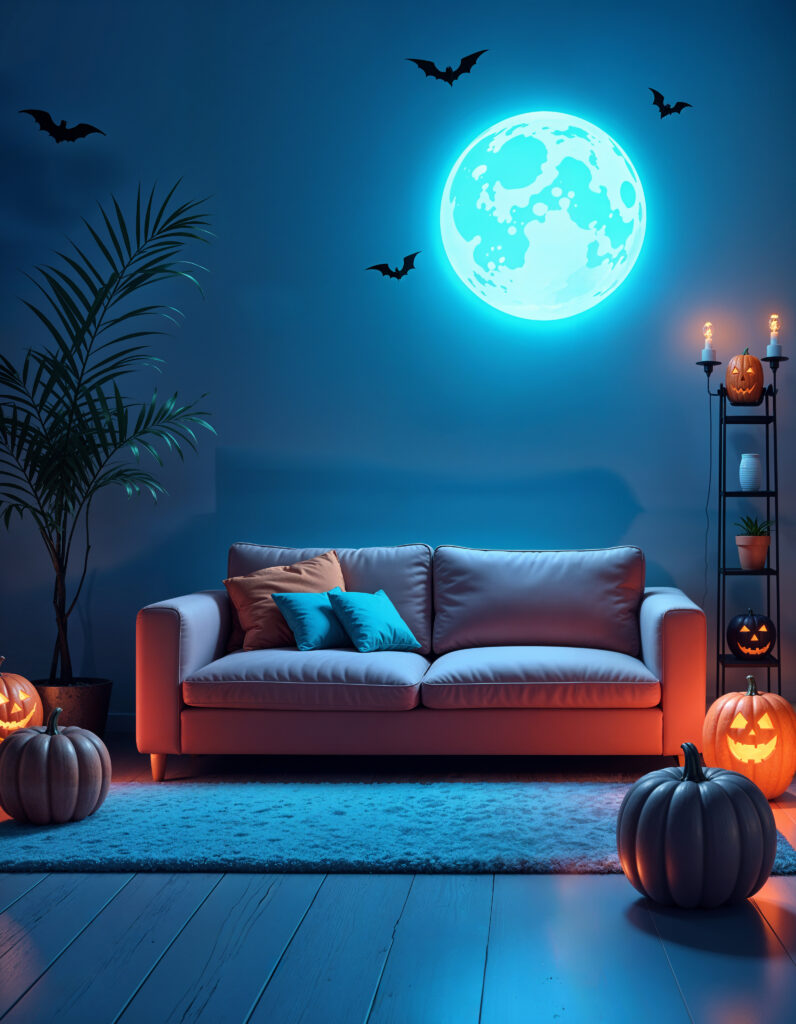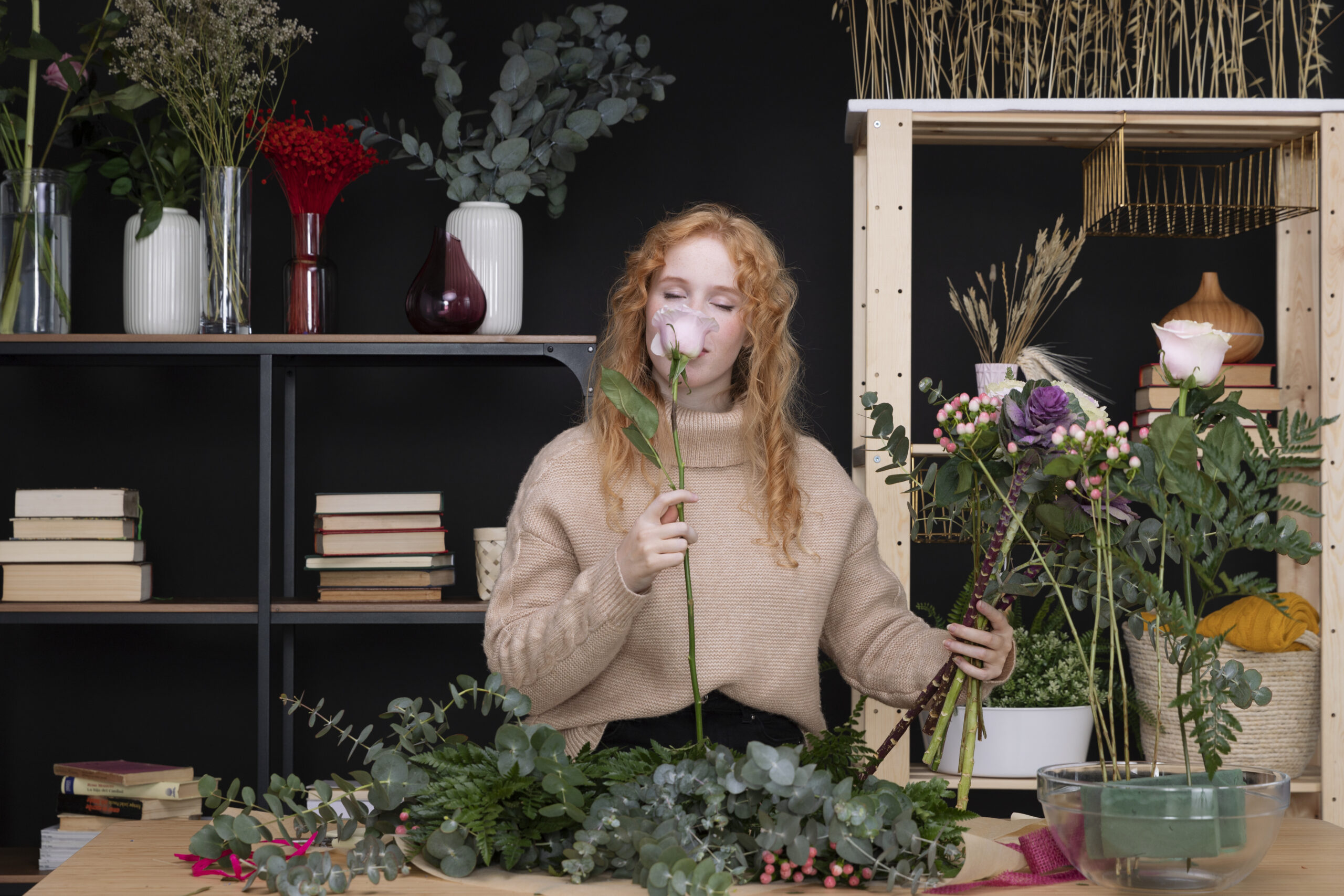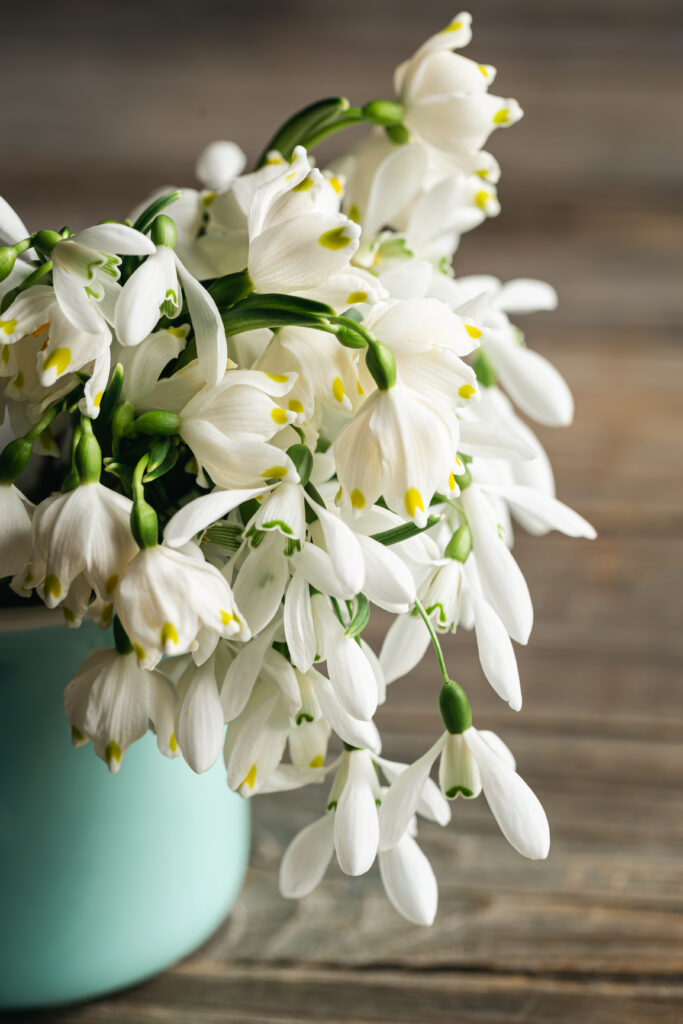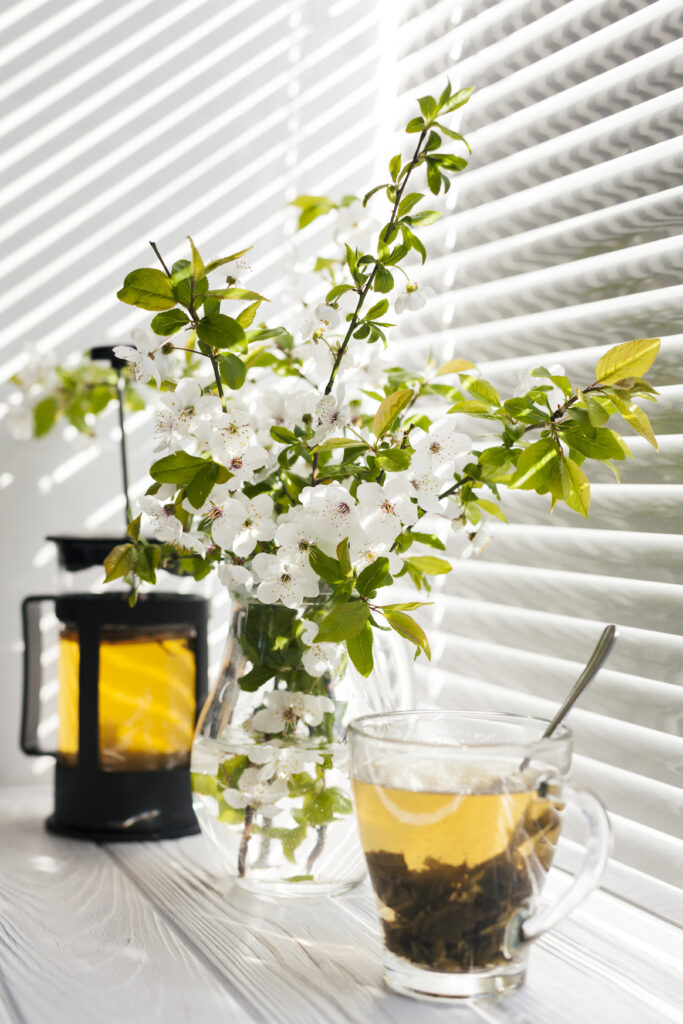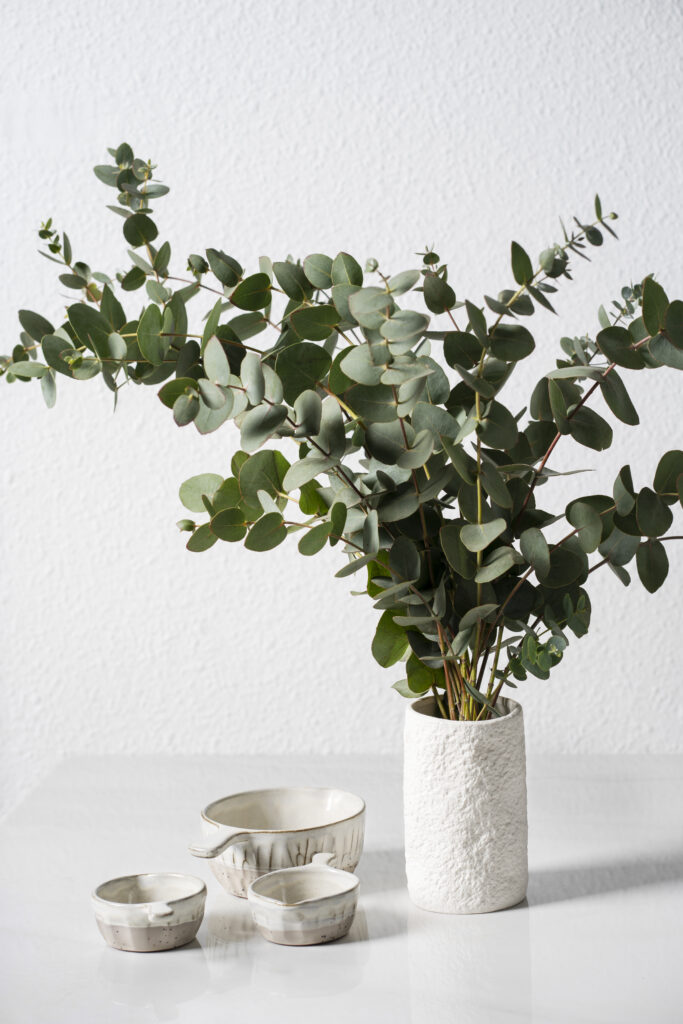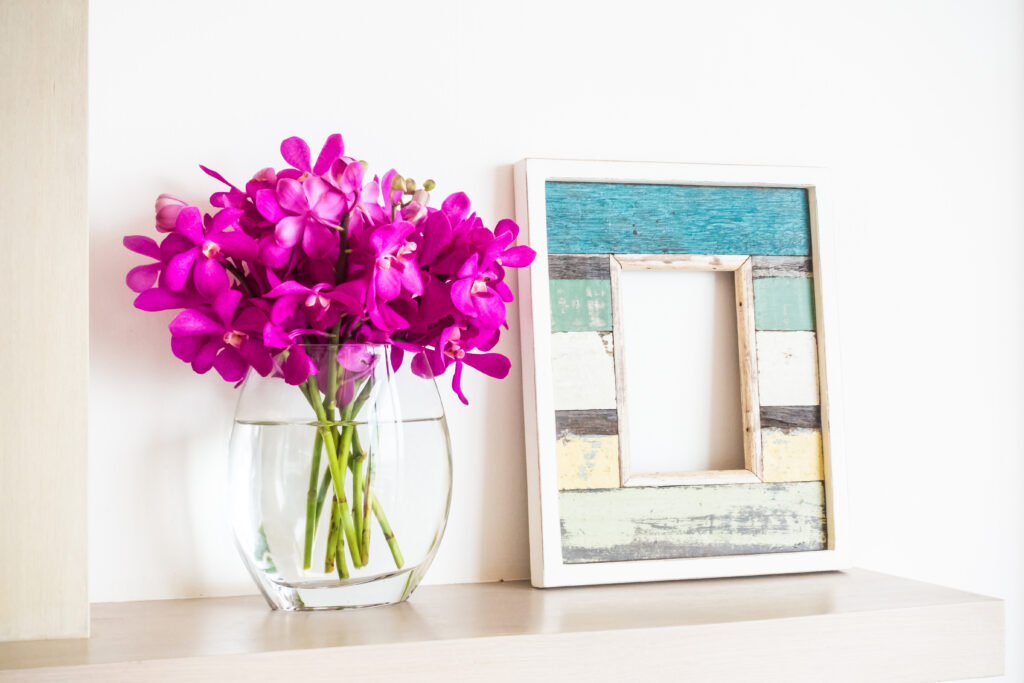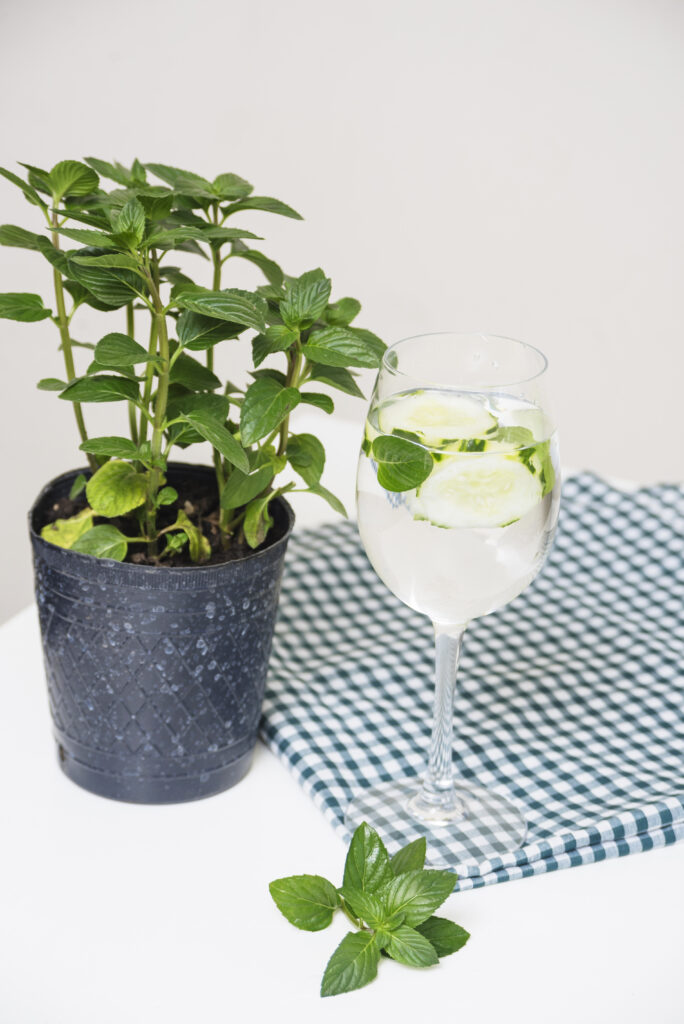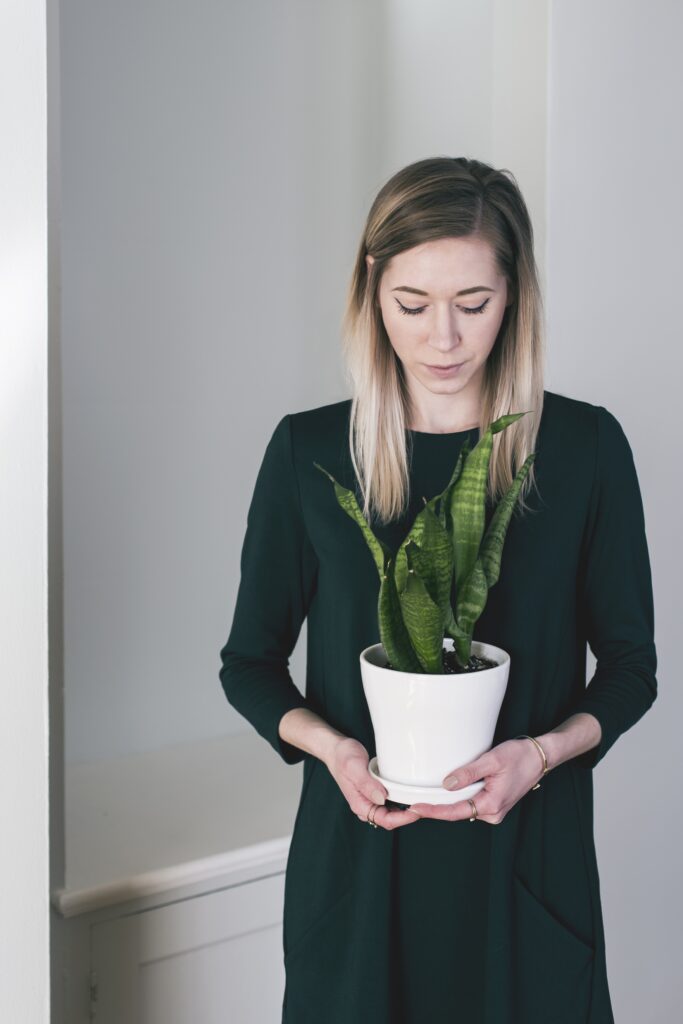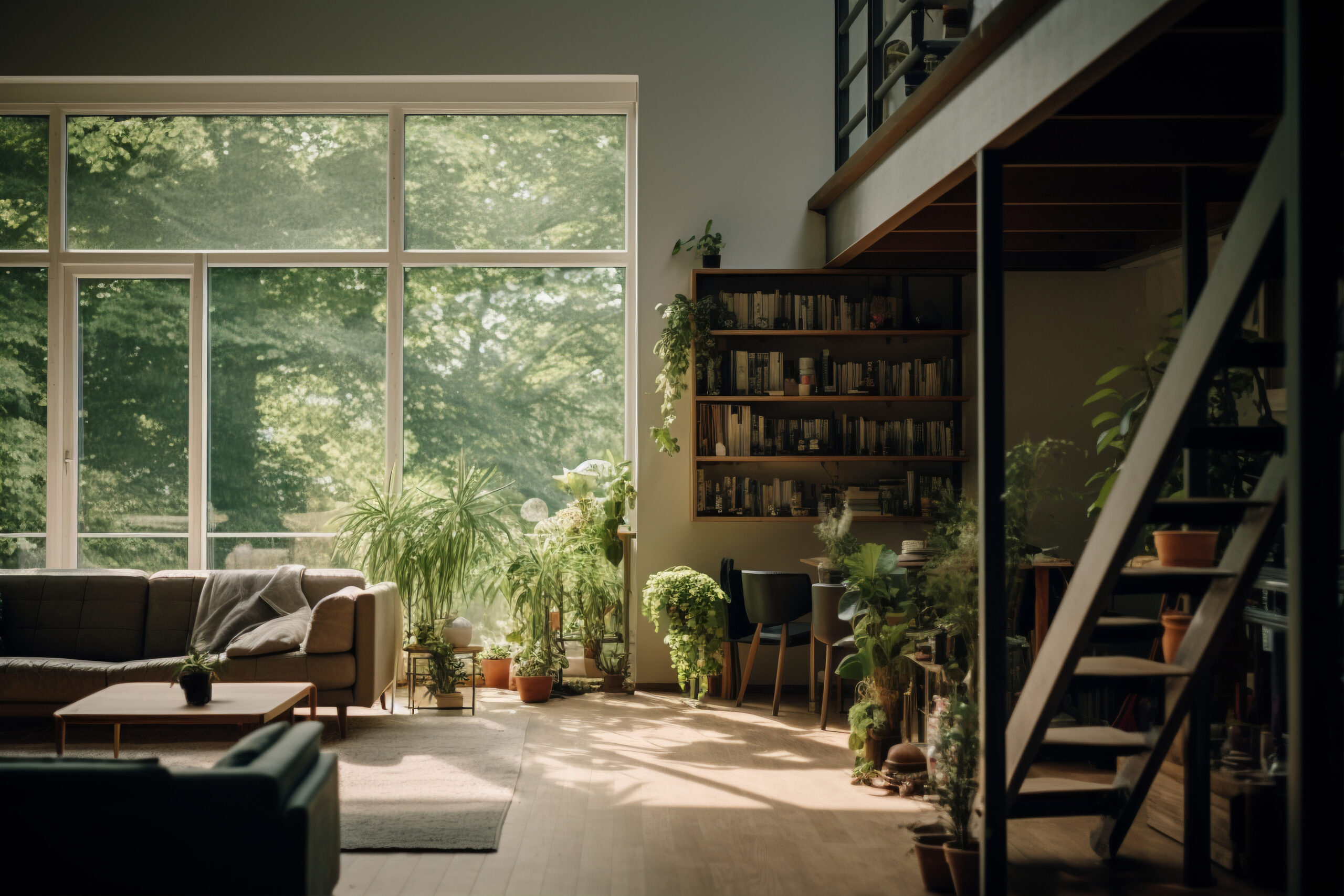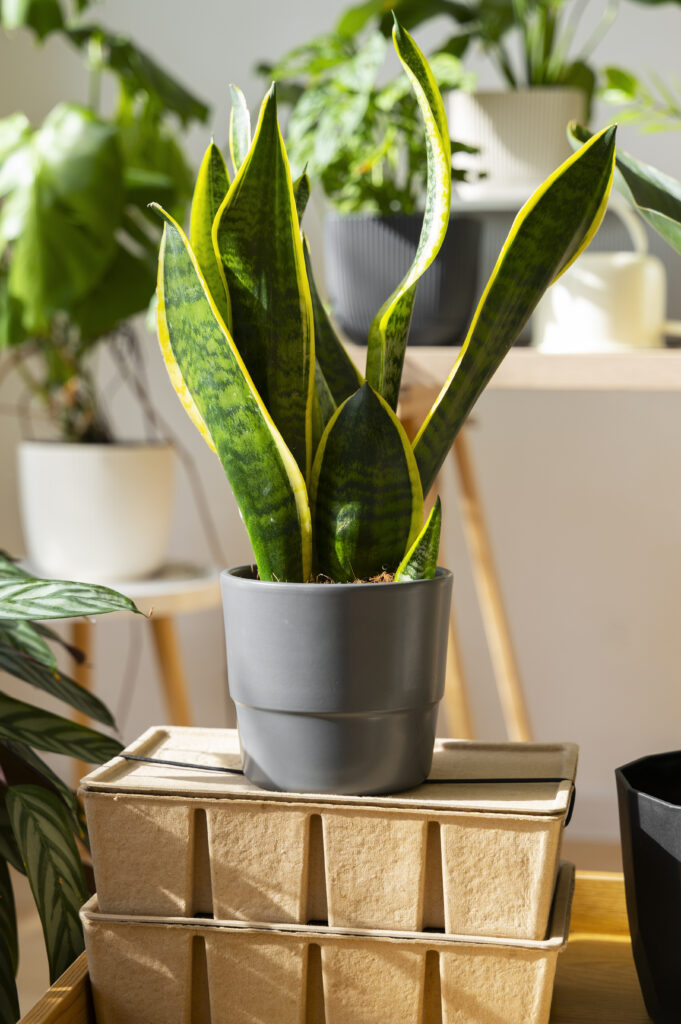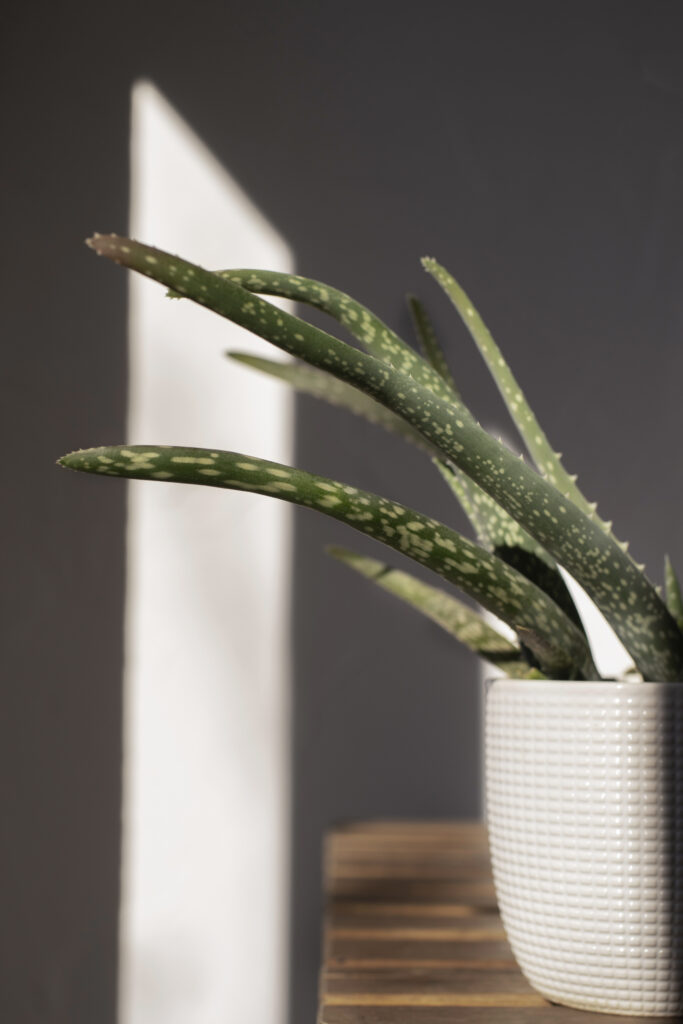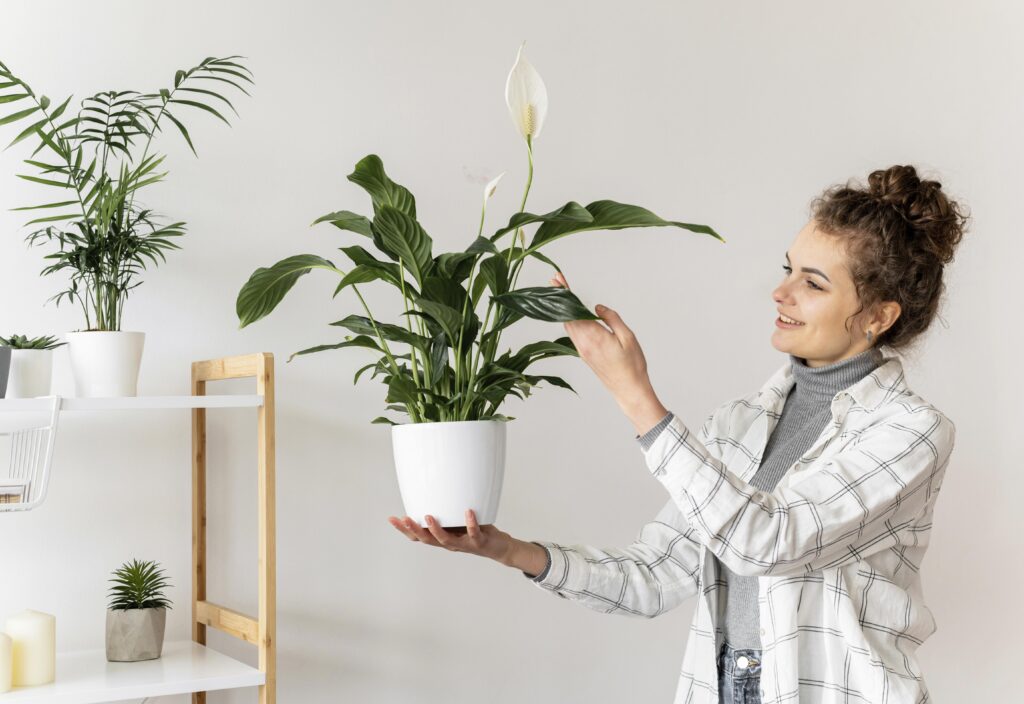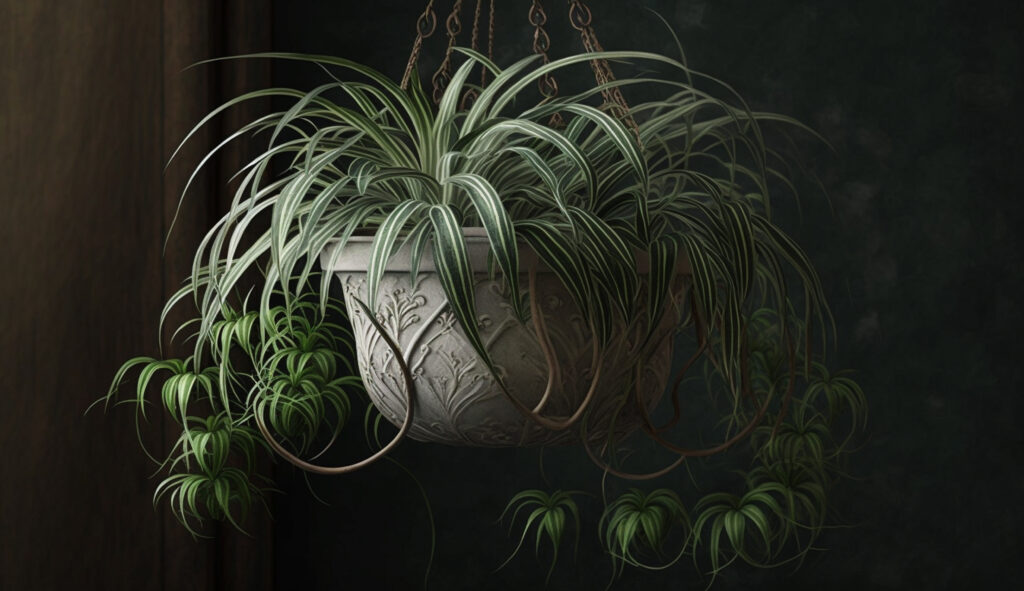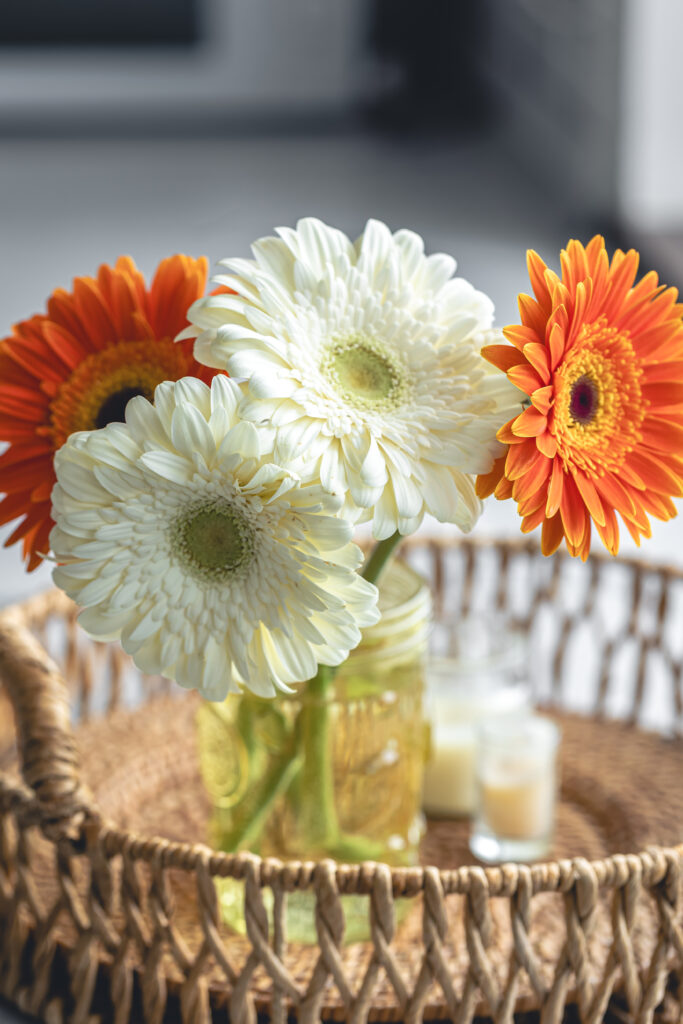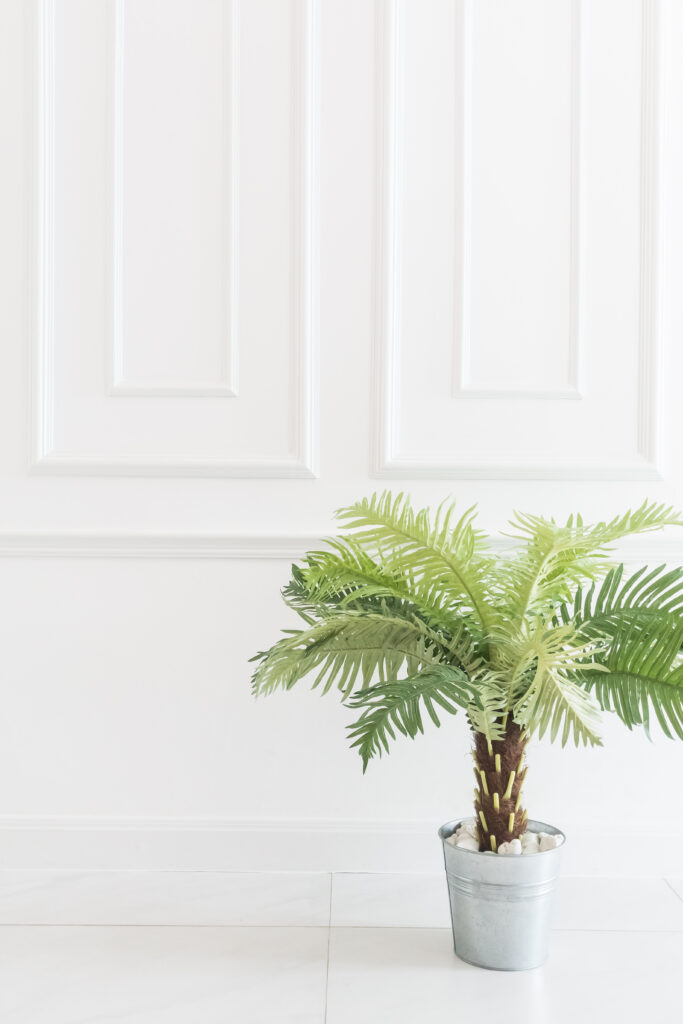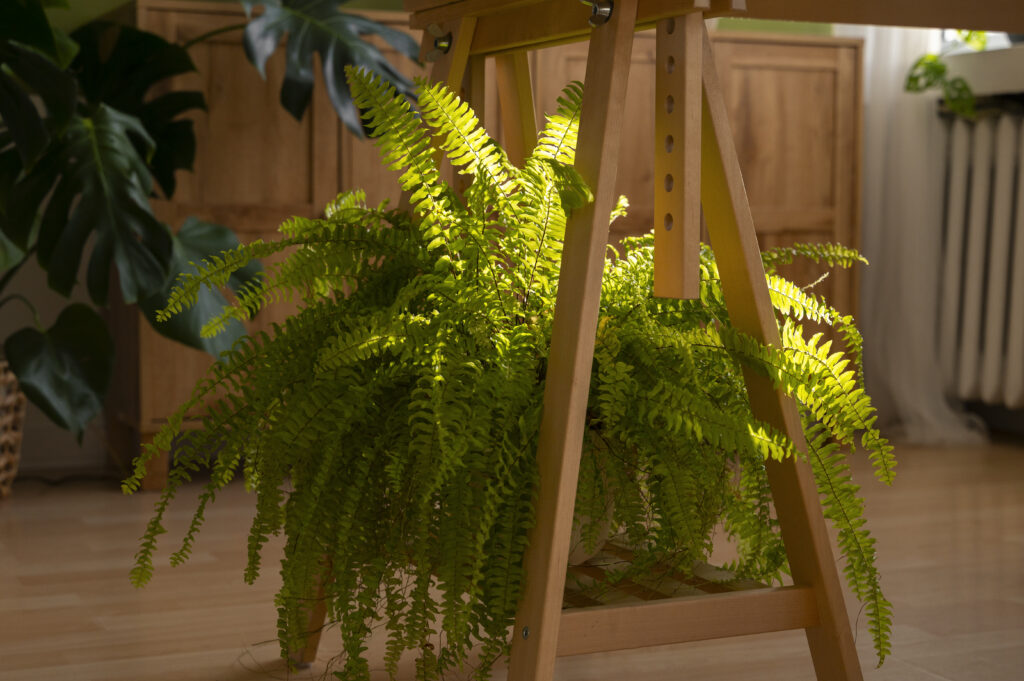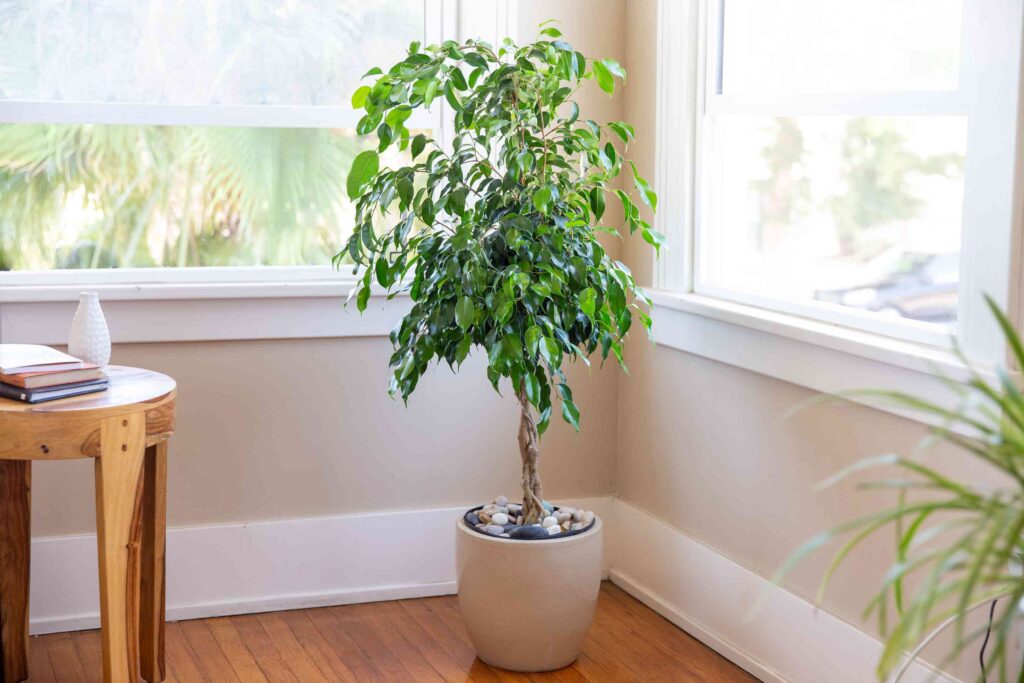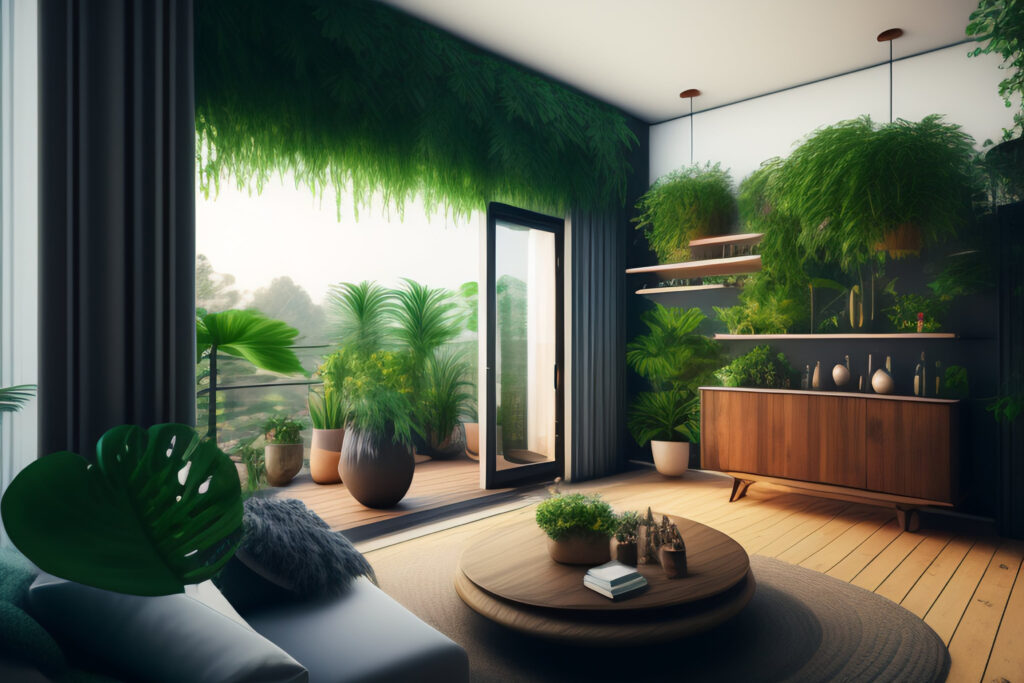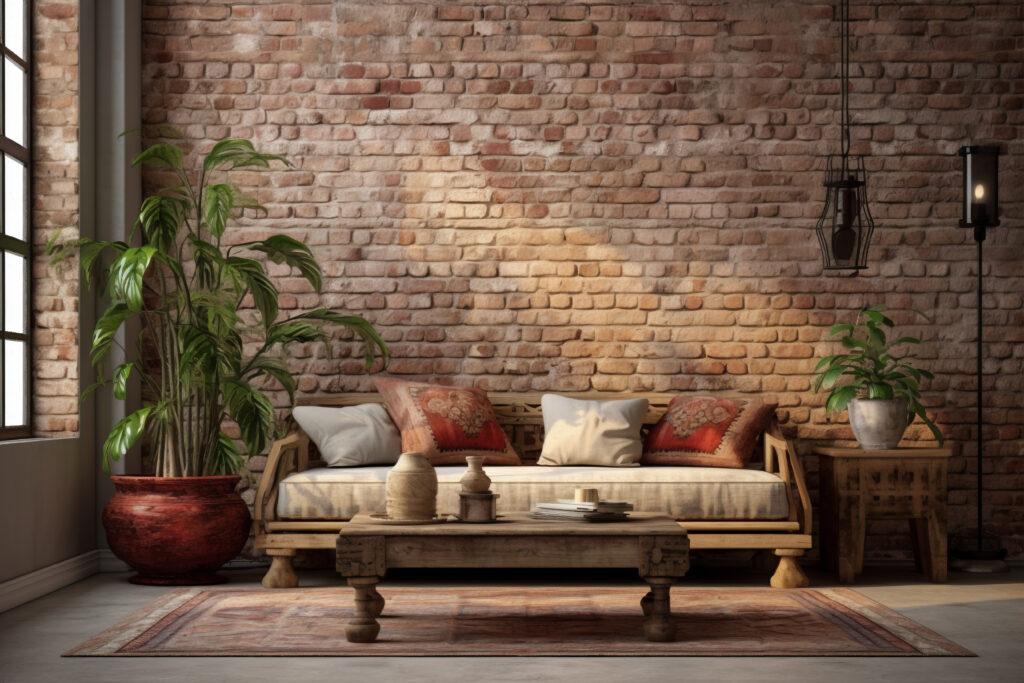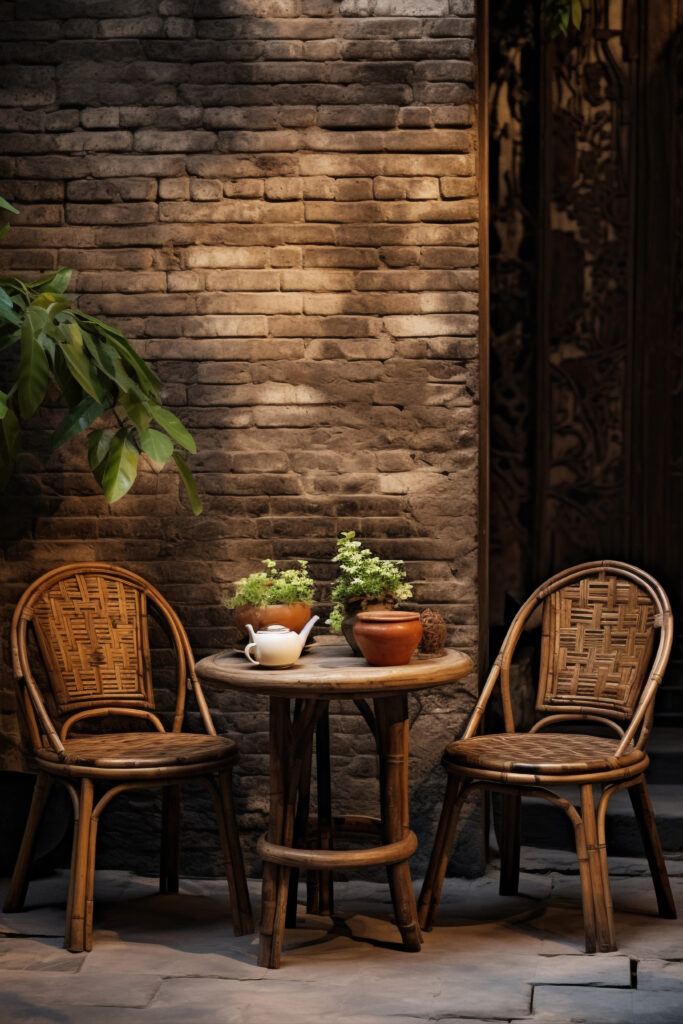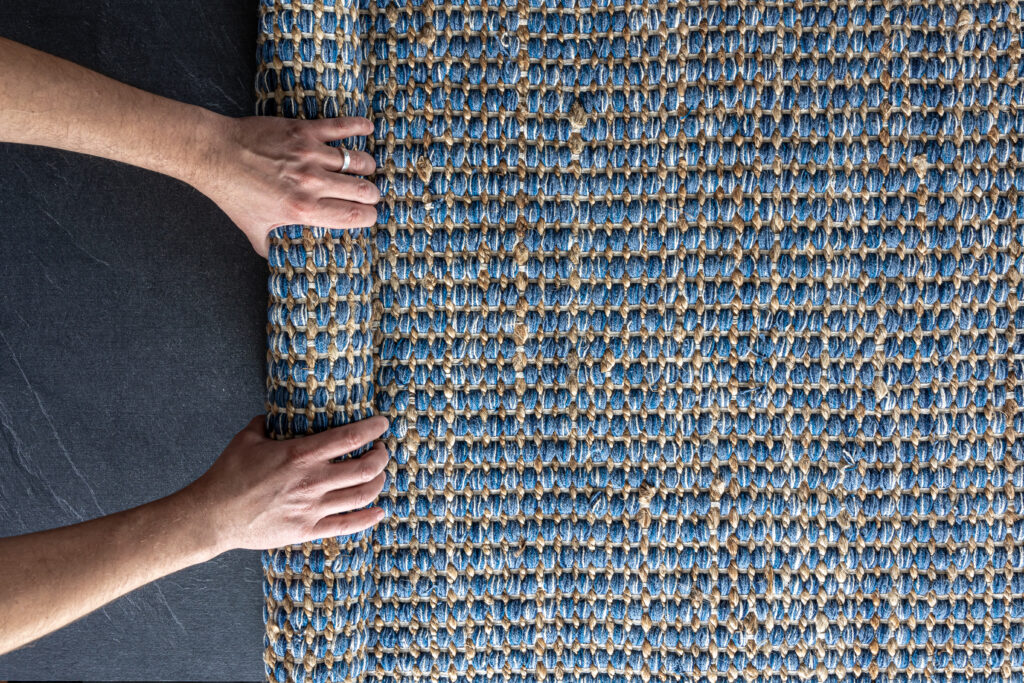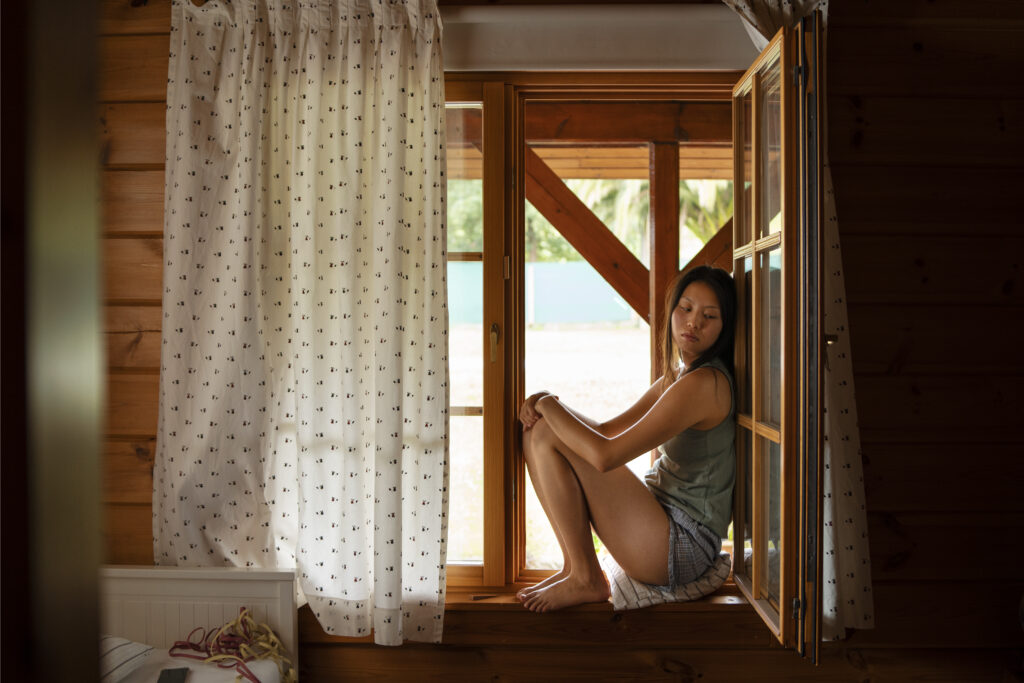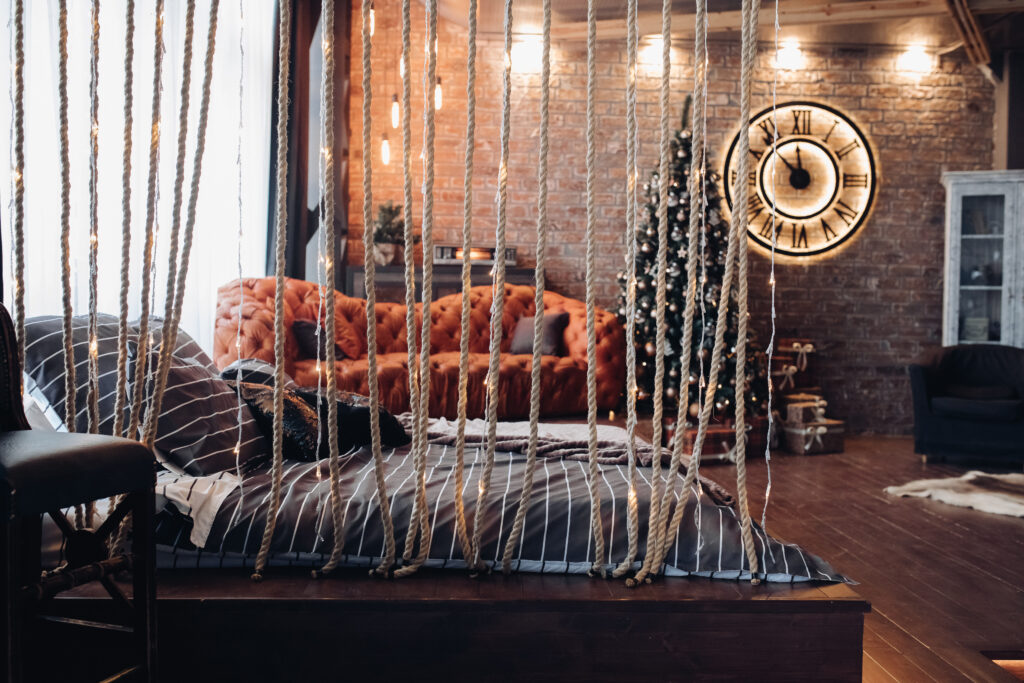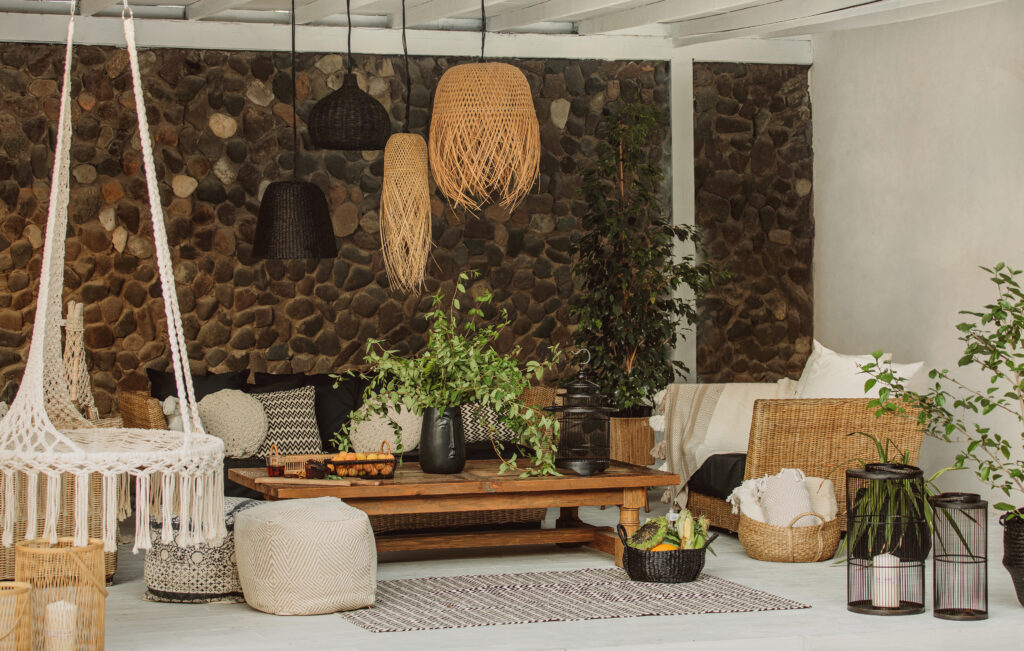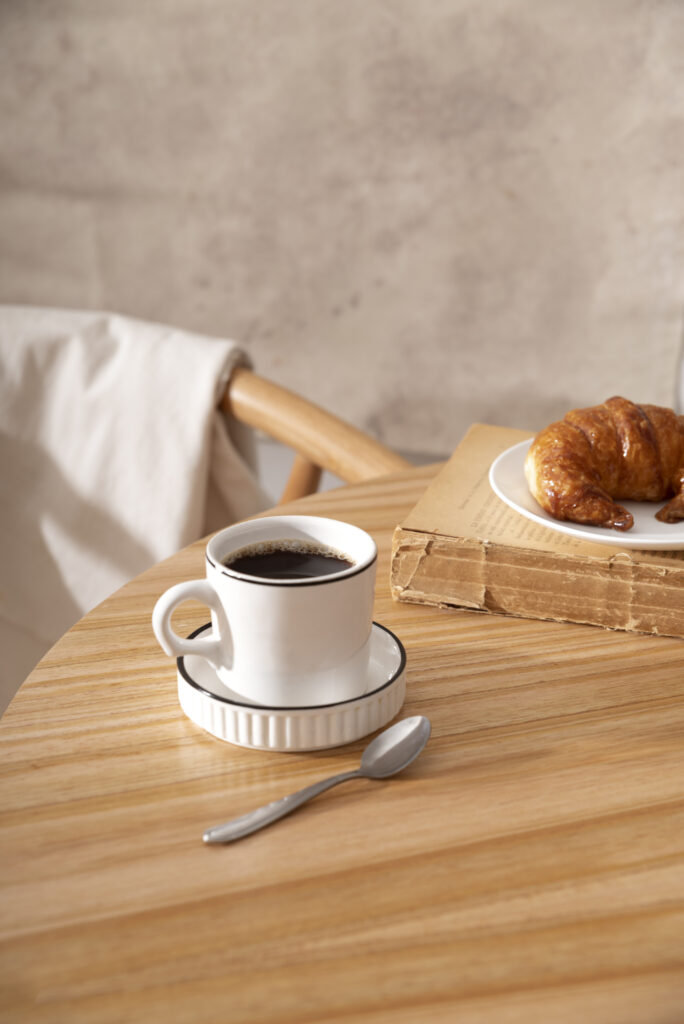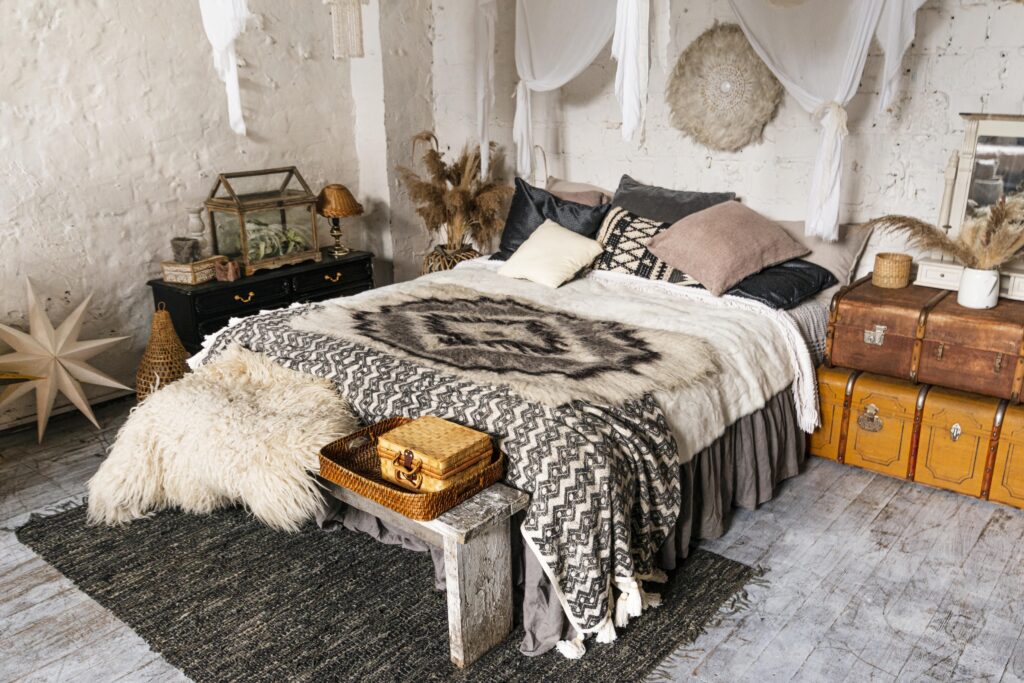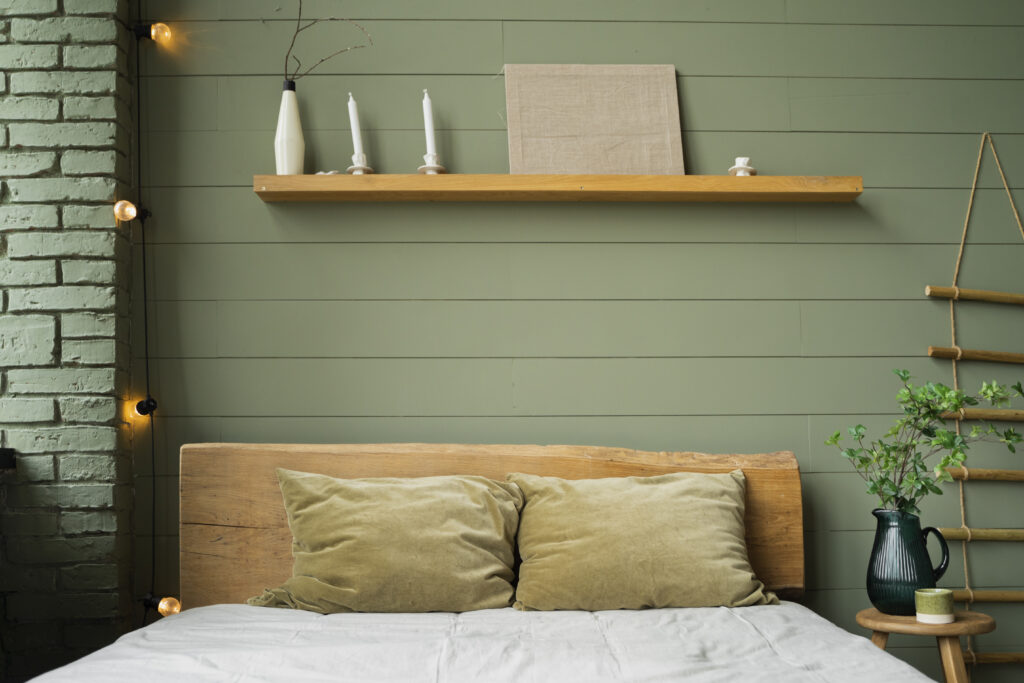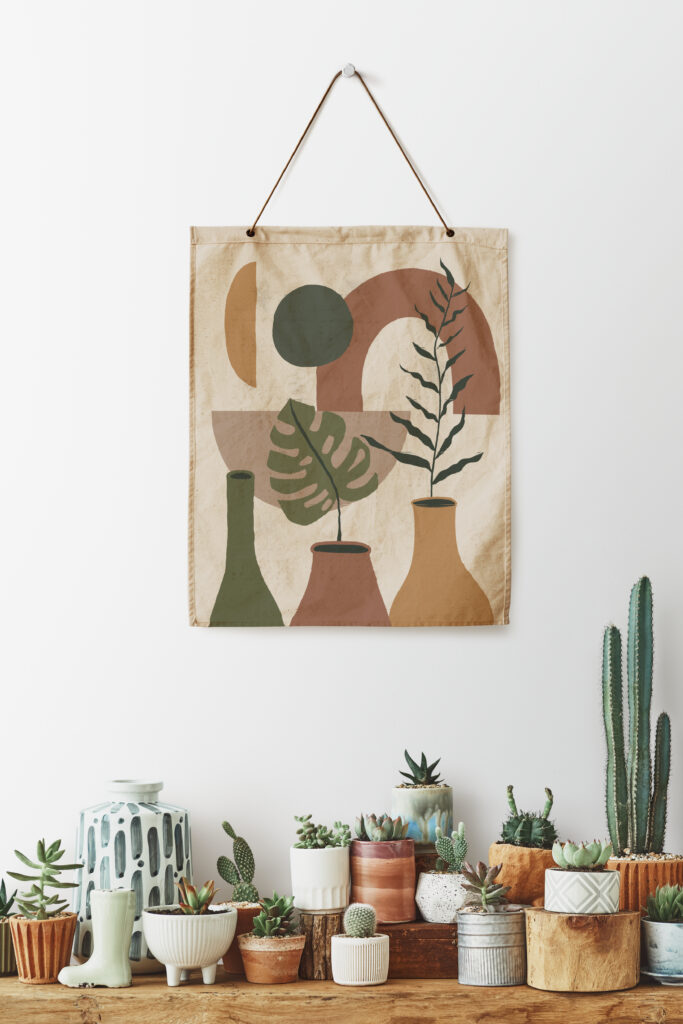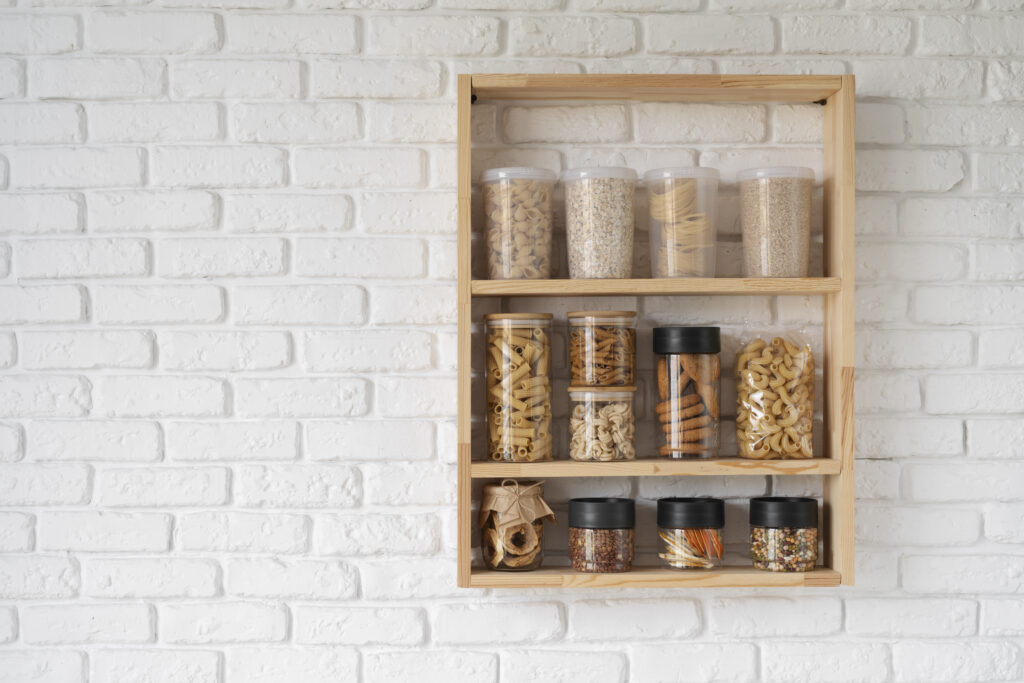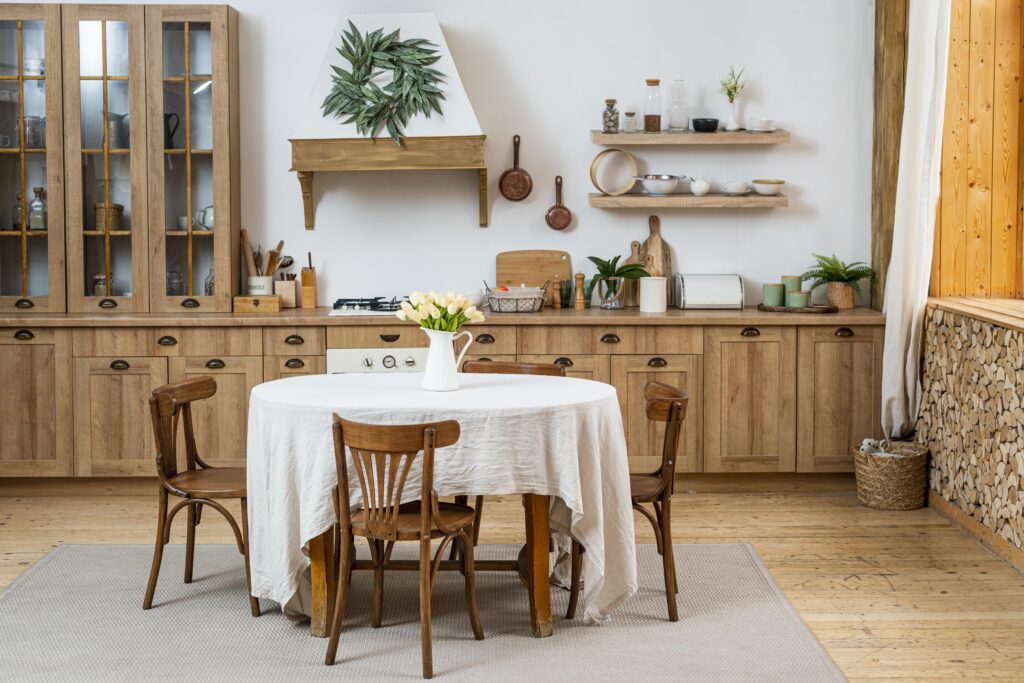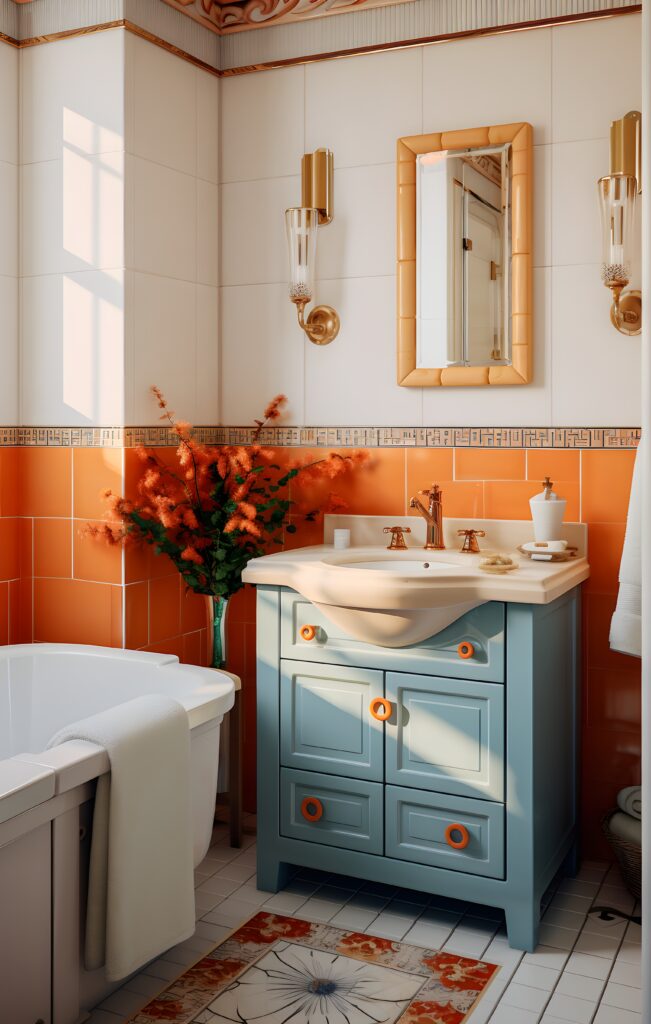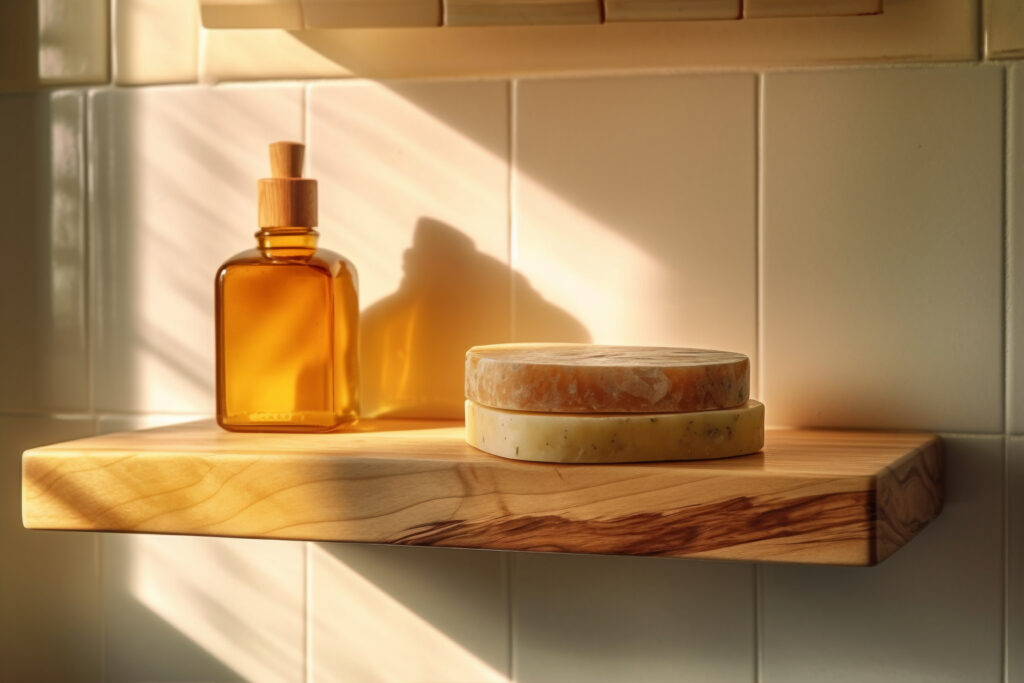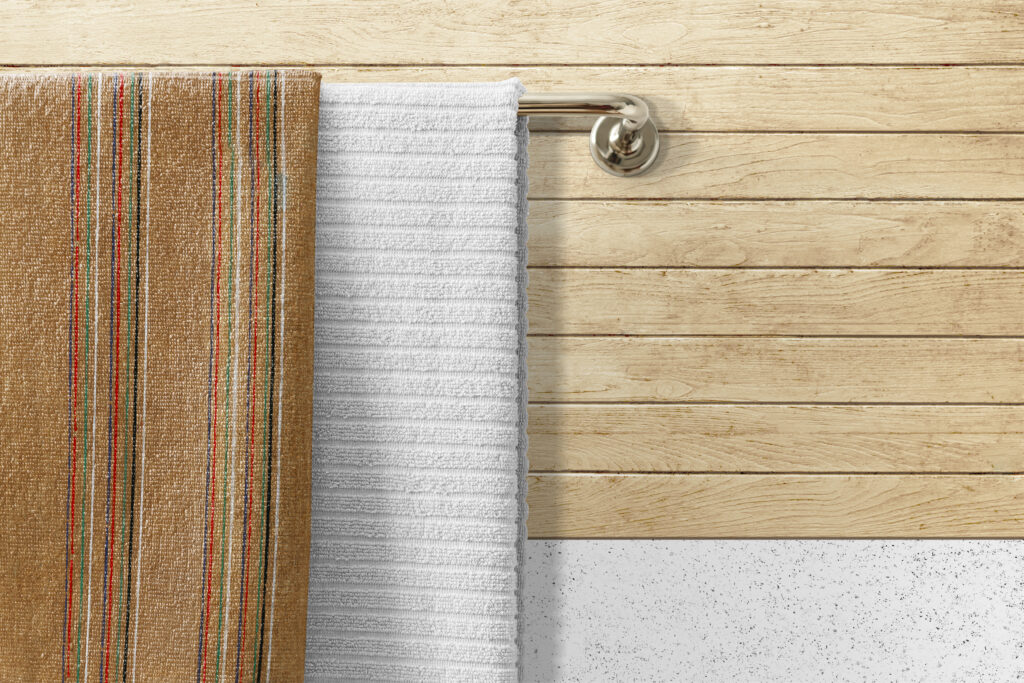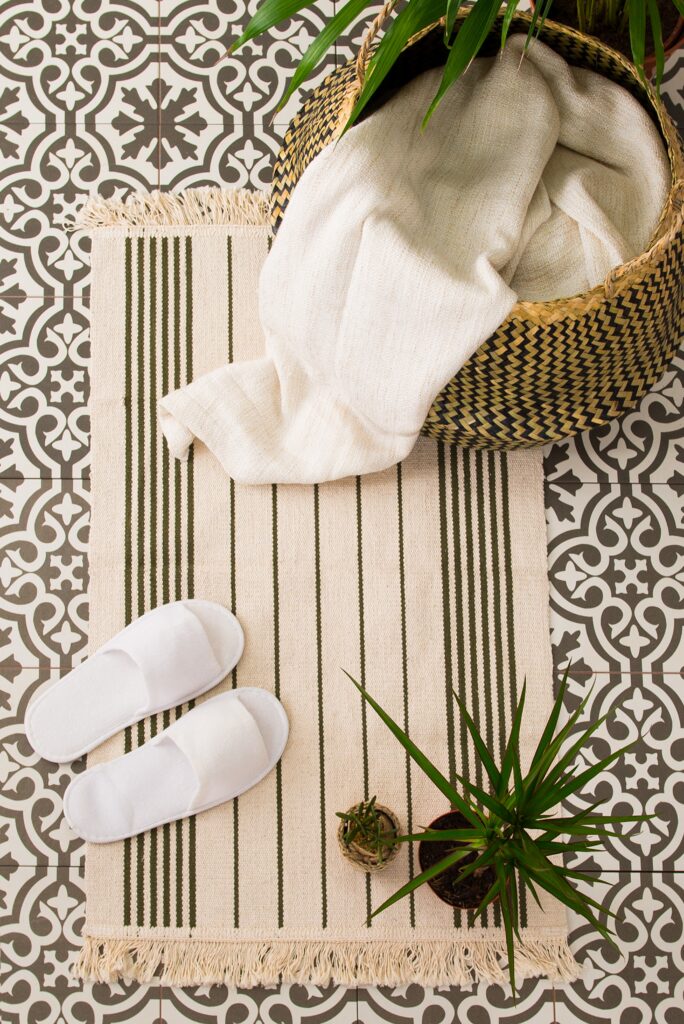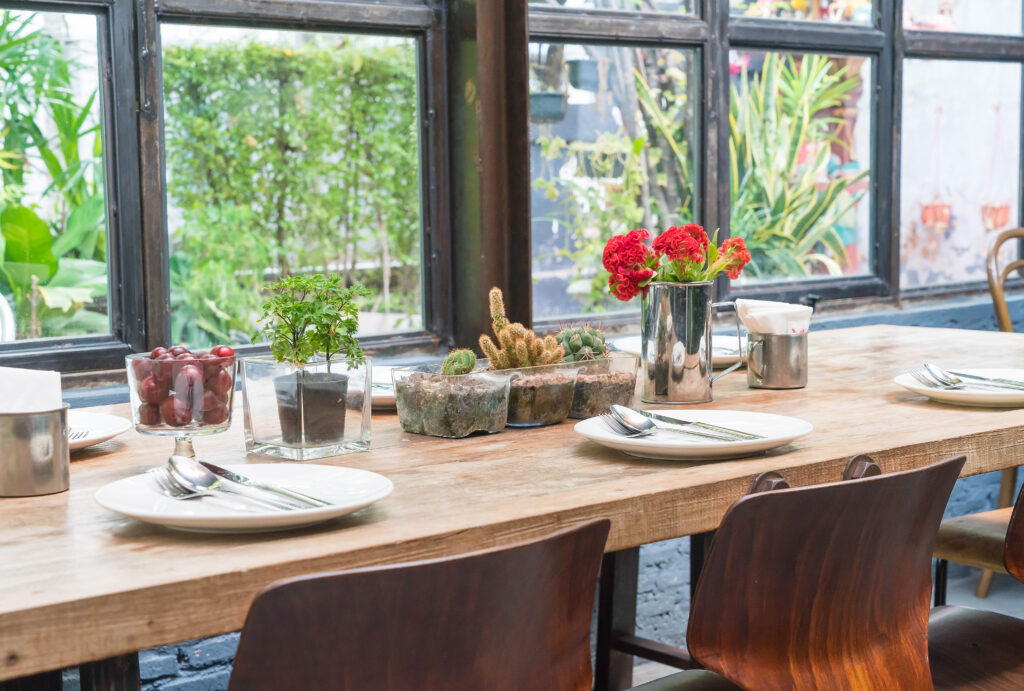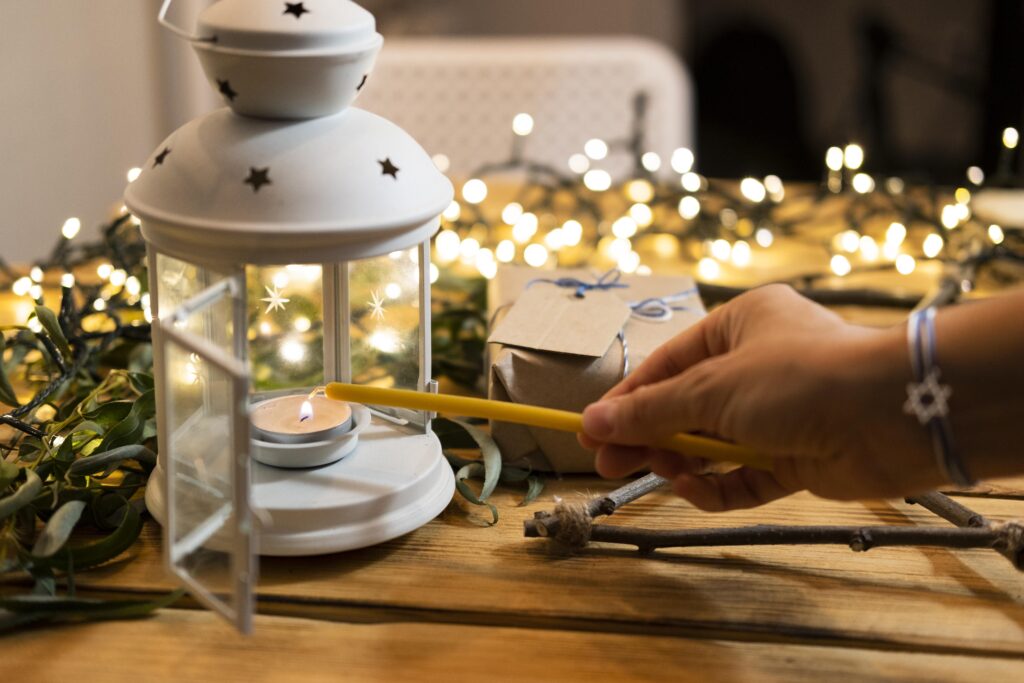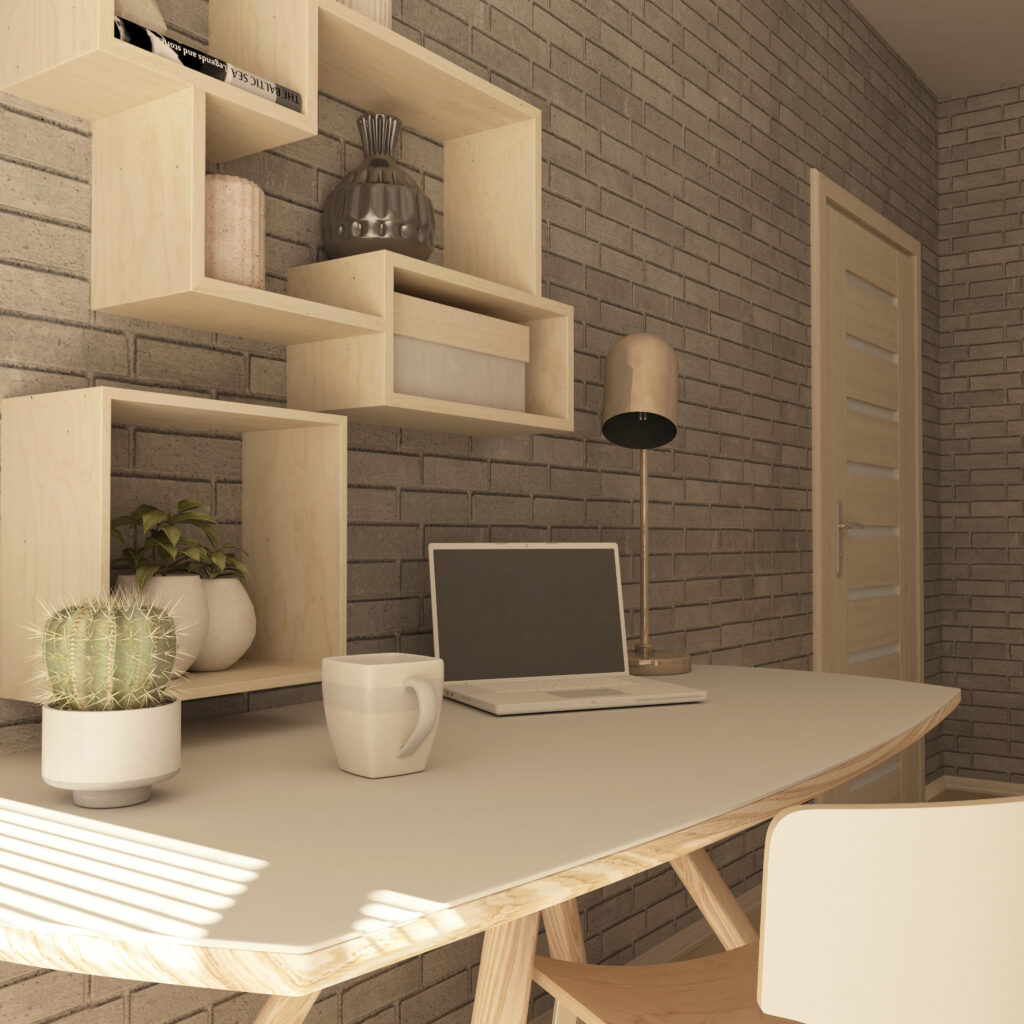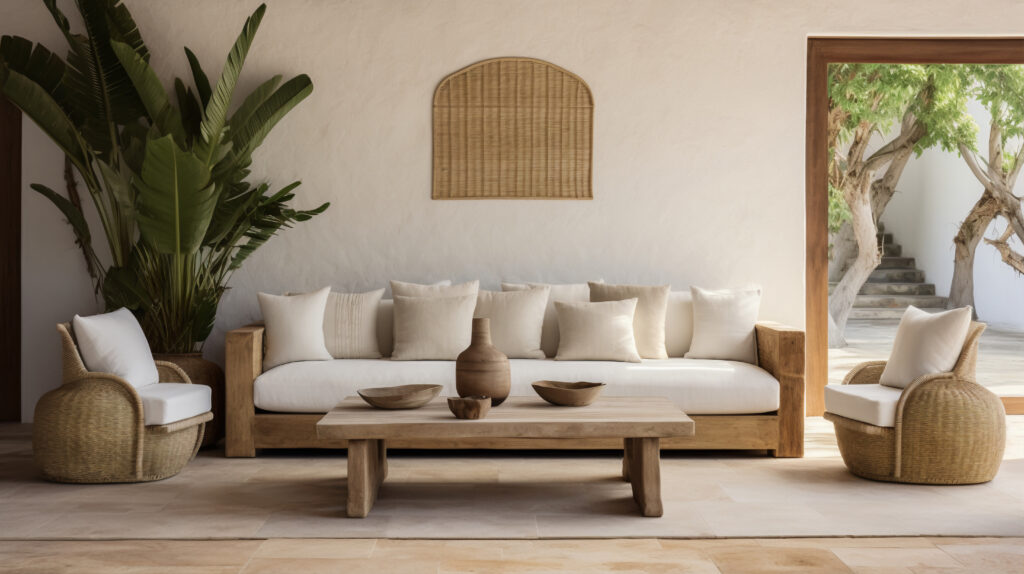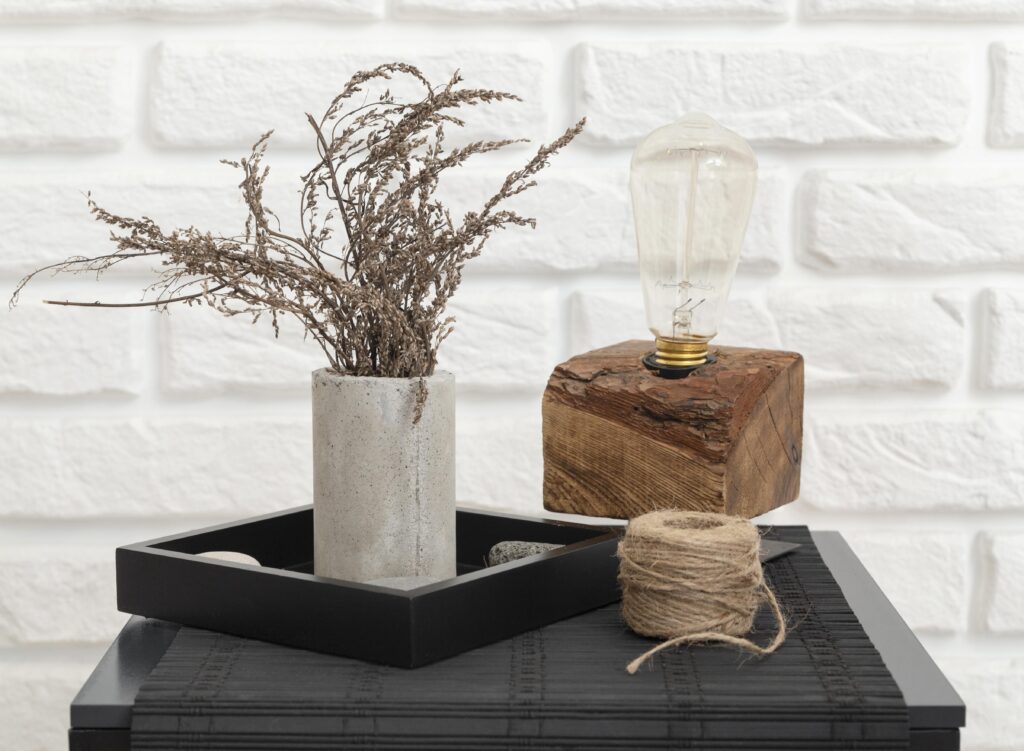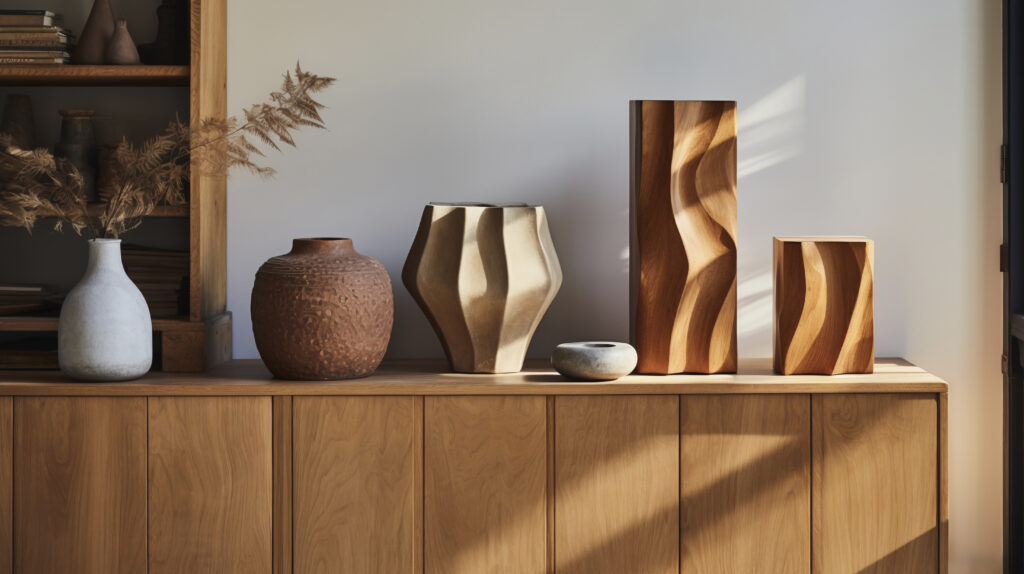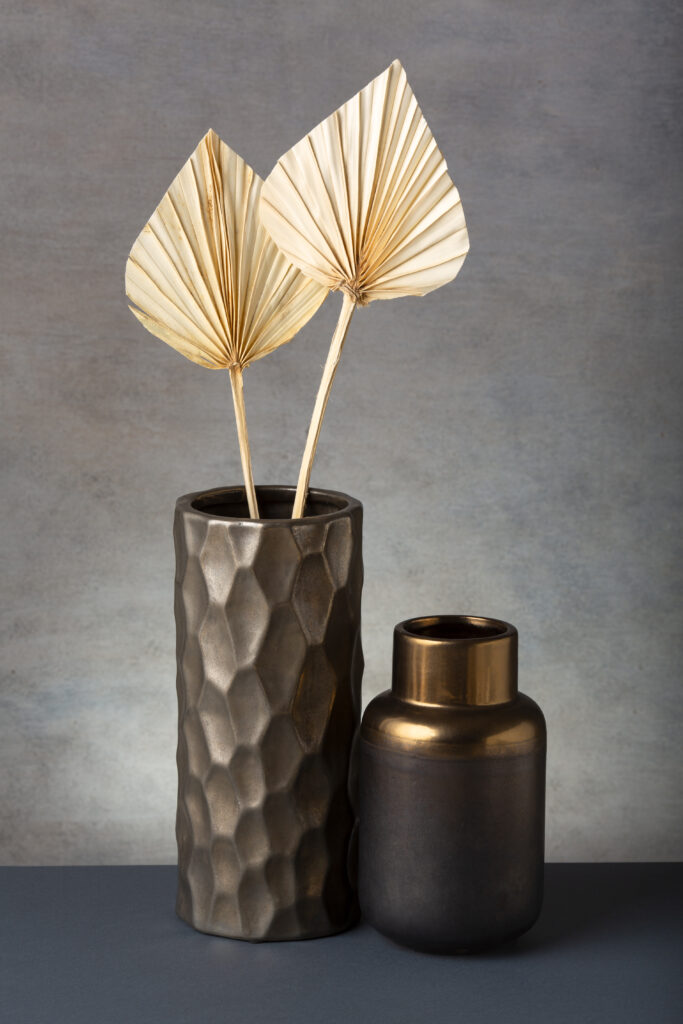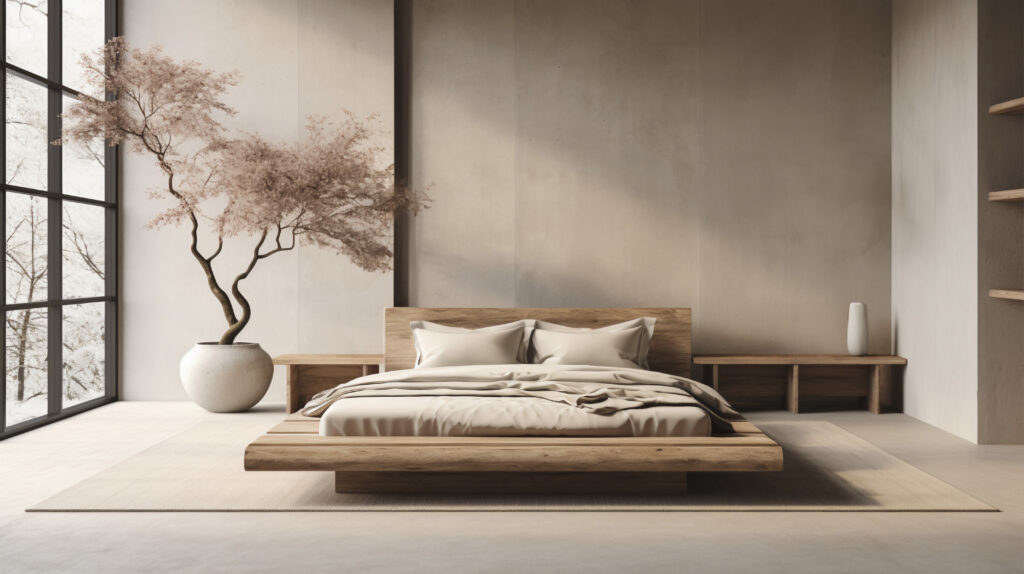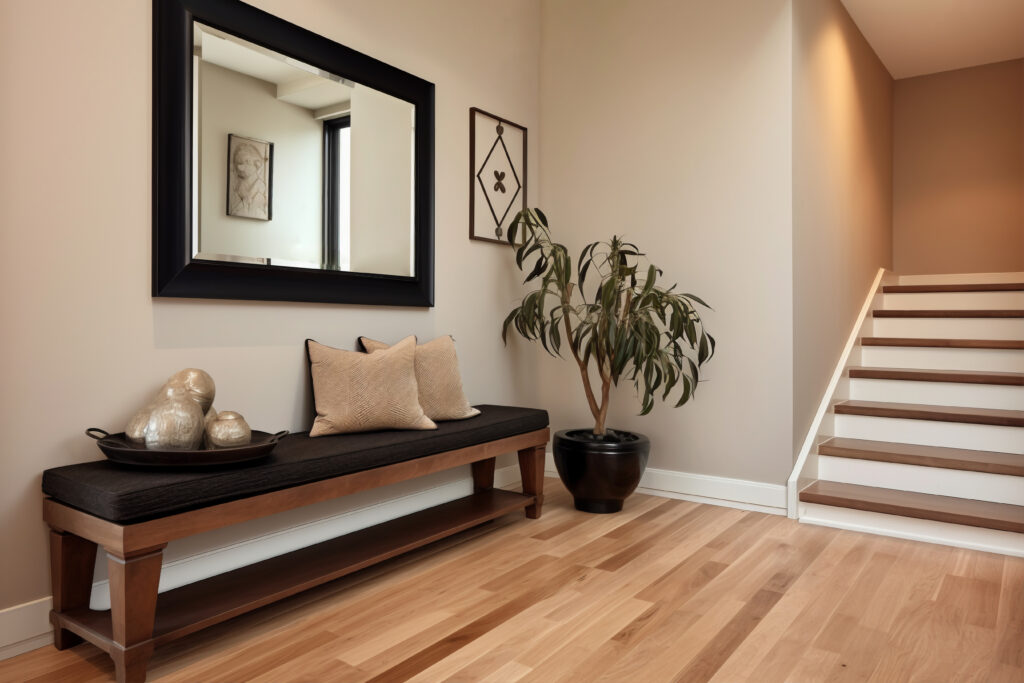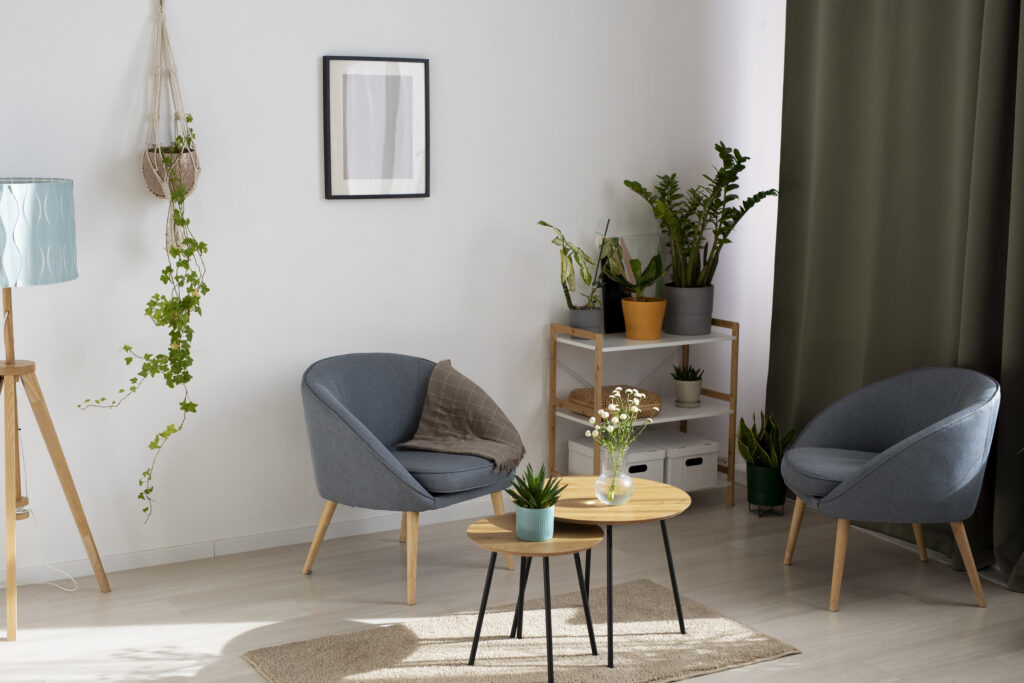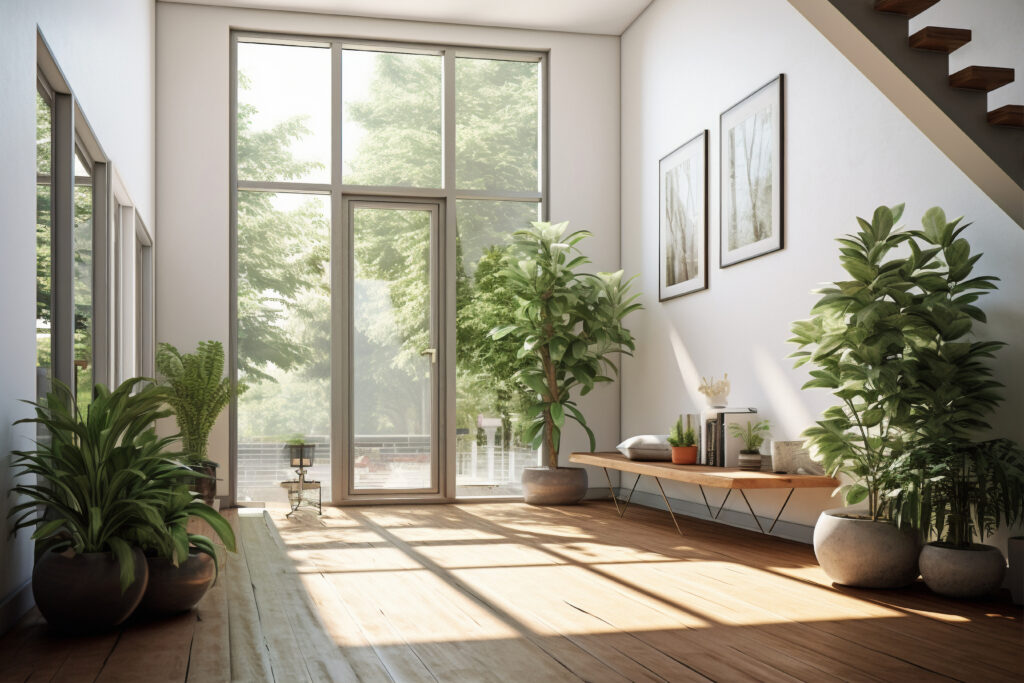





Eco-friendly furniture designs don’t just upgrade your aesthetic; they also protect the planet. Out with the old and in with the sustainable! If you’re tired of lifeless, outdated furniture taking up space in your home, it’s time to elevate your interior with something that makes a real statement — and a real difference. These From repurposed wood masterpieces to innovative mushroom leather, these jaw-dropping ideas will leave your guests speechless and your conscience clear.
- Why Eco-Friendly Furniture is the New Standard for Modern Homes
- 1. Eco-Friendly Furniture Dining Tables Made from Reclaimed Wood
- 2. Bamboo Lounge Chairs That Define Eco Friendly Furniture Luxury
- 3. Modular Cork Sofas as a Smart Eco-Friendly Furniture Choice
- 4. Pallet Wood Coffee Tables That Make Eco-Friendly Furniture Edgy
- 5. Recycled Plastic Chairs That Prove Eco-Friendly Furniture Can Be Beautiful
- 6. Mushroom Leather Ottomans: Futuristic Eco-Friendly Furniture
- 7. Bookshelves That Combine Reclaimed Pipes and Wood for Functional Eco Friendly Furniture
- 8. Floating Beds: The Minimalist's Eco-Friendly Furniture Dream
- 9. Ocean Plastic Accent Chairs as Purpose-Driven Eco Friendly Furniture
- How to Style Your Home with Eco-Friendly Furniture
- Where to Buy Eco-Friendly Furniture That Doesn’t Suck
- Final Thoughts: Why Eco-Friendly Furniture is the Ultimate Decor Upgrade
- FAQs about Eco-Friendly Furniture
Why Eco-Friendly Furniture is the New Standard for Modern Homes
Today’s design world isn’t just about looks anymore. Homeowners are making smarter, more thoughtful choices — and eco-friendly furniture is at the heart of this transformation. It blends sustainability with style, proving you can have both without compromise.
Choosing eco-friendly furniture means choosing health, durability, and ethical living. It’s the easiest way to turn your living room into a sanctuary — not just for you, but for the planet.

1. Eco-Friendly Furniture Dining Tables Made from Reclaimed Wood
A reclaimed wood dining table isn’t just a piece of furniture — it’s a story. Crafted from salvaged barns, boats, or industrial structures, these tables bring character and sustainability into your dining room.
The charm of eco-friendly furniture like this lies in its imperfections: the nicks, the knots, the history etched in every line. Plus, using reclaimed wood prevents unnecessary deforestation and reduces waste. Style and impact? Count us in.



2. Bamboo Lounge Chairs That Define Eco Friendly Furniture Luxury
Bamboo is the superstar of the eco-friendly furniture world. It grows incredibly fast, doesn’t need pesticides, and regenerates without replanting. Designers love it for its natural grain, light weight, and strength.
A set of sleek bamboo lounge chairs adds a breezy, tropical vibe to any space — whether it’s a cozy reading nook or a sunny patio. This is sustainable comfort at its best.


3. Modular Cork Sofas as a Smart Eco-Friendly Furniture Choice
Cork isn’t just for wine bottles. It’s also one of the most versatile and renewable materials in the eco-friendly furniture game. Cork is harvested without cutting down trees, and it grows back quickly.
Modular cork sofas allow you to reshape and reconfigure your seating layout with ease. They’re soft, warm, and bring a touch of nature indoors — perfect for those who love rearranging their space often.


4. Pallet Wood Coffee Tables That Make Eco-Friendly Furniture Edgy
Don’t underestimate the style potential of shipping pallets. When transformed by creative hands, they become rustic, industrial-chic coffee tables — a standout in any eco-conscious home, also one of the key element of Rustic Home Decor
Pallet coffee tables represent what eco-friendly furniture is all about: repurposing, reimagining, and reusing. Add some castor wheels or a glass top for extra flair.

5. Recycled Plastic Chairs That Prove Eco-Friendly Furniture Can Be Beautiful
Yes, plastic can be eco friendly — when it’s recycled, that is. Today’s recycled plastic furniture comes in bold colors and sleek silhouettes that are anything but trashy.
By choosing eco-friendly furniture made from recycled plastics, you’re helping to reduce the massive burden of plastic waste. And bonus: these pieces are incredibly durable and weather-resistant.


6. Mushroom Leather Ottomans: Futuristic Eco-Friendly Furniture
Meet mycelium, the root structure of mushrooms and one of the newest breakthroughs in sustainable design. Mushroom leather is biodegradable, cruelty-free, and surprisingly luxurious.
Ottomans made from mushroom leather are soft to the touch, uniquely modern, and a true conversation starter. They show just how far eco-friendly furniture innovation has come.

7. Bookshelves That Combine Reclaimed Pipes and Wood for Functional Eco Friendly Furniture
Who says eco-friendly furniture can’t be industrial? Bookshelves made from reclaimed plumbing pipes and salvaged wood are rugged, raw, and refreshingly unique.
They’re ideal for urban lofts or home offices where functionality meets flair. The combination of metal and wood adds depth and texture without compromising sustainability.

8. Floating Beds: The Minimalist’s Eco-Friendly Furniture Dream
Floating beds with hidden supports create an illusion of space — and when made from FSC-certified wood or bamboo, they’re as green as they are gorgeous.
Minimalism meets mindfulness with this eco-friendly furniture design. It turns your bedroom into a serene oasis and lets natural materials shine.

9. Ocean Plastic Accent Chairs as Purpose-Driven Eco Friendly Furniture
One of the boldest and most impactful types of eco friendly furniture today? Chairs made from ocean plastic. Companies are retrieving tons of plastic from waterways and transforming it into sleek, modern seating.
These chairs aren’t just furniture — they’re a mission. By sitting on one, you’re literally supporting ocean cleanup efforts and raising awareness about pollution.
How to Style Your Home with Eco-Friendly Furniture
Styling with eco-friendly furniture is all about highlighting natural textures and tones. Think earthy palettes, minimalist accessories, and plants, plants, plants!
Mixing modern shapes with rustic materials brings out the contrast and lets your eco-friendly furniture pieces really shine. The key is to keep it balanced and let the materials do the talking.
Where to Buy Eco-Friendly Furniture That Doesn’t Suck
If you’re sold on the idea of sustainable style (and honestly, how could you not be?), here are some awesome places to check out:
- Made Trade – Curated ethical pieces from around the globe
- Avocado – Famous for organic mattresses, now offering full eco furniture sets
- Medley Home – Custom eco-friendly furniture made in the USA
- Etsy – A goldmine for handcrafted and upcycled gems
Support local artisans whenever possible for even more eco-cred and uniqueness.
Final Thoughts: Why Eco-Friendly Furniture is the Ultimate Decor Upgrade
Trendy, thoughtful, and planet-positive — eco-friendly furniture is the ultimate way to ditch outdated decor for something meaningful. Every piece tells a story, supports a cause, and makes your space feel so much better.
Whether you’re just swapping a coffee table or redoing your entire home, choosing sustainable design is a step toward a greener future. And hey, it looks amazing too.
FAQs about Eco-Friendly Furniture
Q1: Is eco friendly furniture more expensive than traditional furniture?
It can be, but it’s built to last and pays off in the long run. Plus, many budget-friendly options are now available.
Q2: What are the best materials for eco friendly furniture?
Look for reclaimed wood, bamboo, cork, recycled plastic, and mycelium (mushroom leather).
Q3: How do I verify if a piece is truly eco friendly?
Check for certifications like FSC, GREENGUARD, or Global Organic Textile Standard (GOTS). Also, look at the company’s transparency.
Q4: Can I DIY eco friendly furniture at home?
Absolutely! Repurposing wood or refurbishing old pieces is a great way to start.
Q5: Why should I switch to eco friendly furniture?
It reduces your environmental footprint, supports ethical practices, and enhances the aesthetic and air quality of your home.
Please don’t forget to leave a review.
